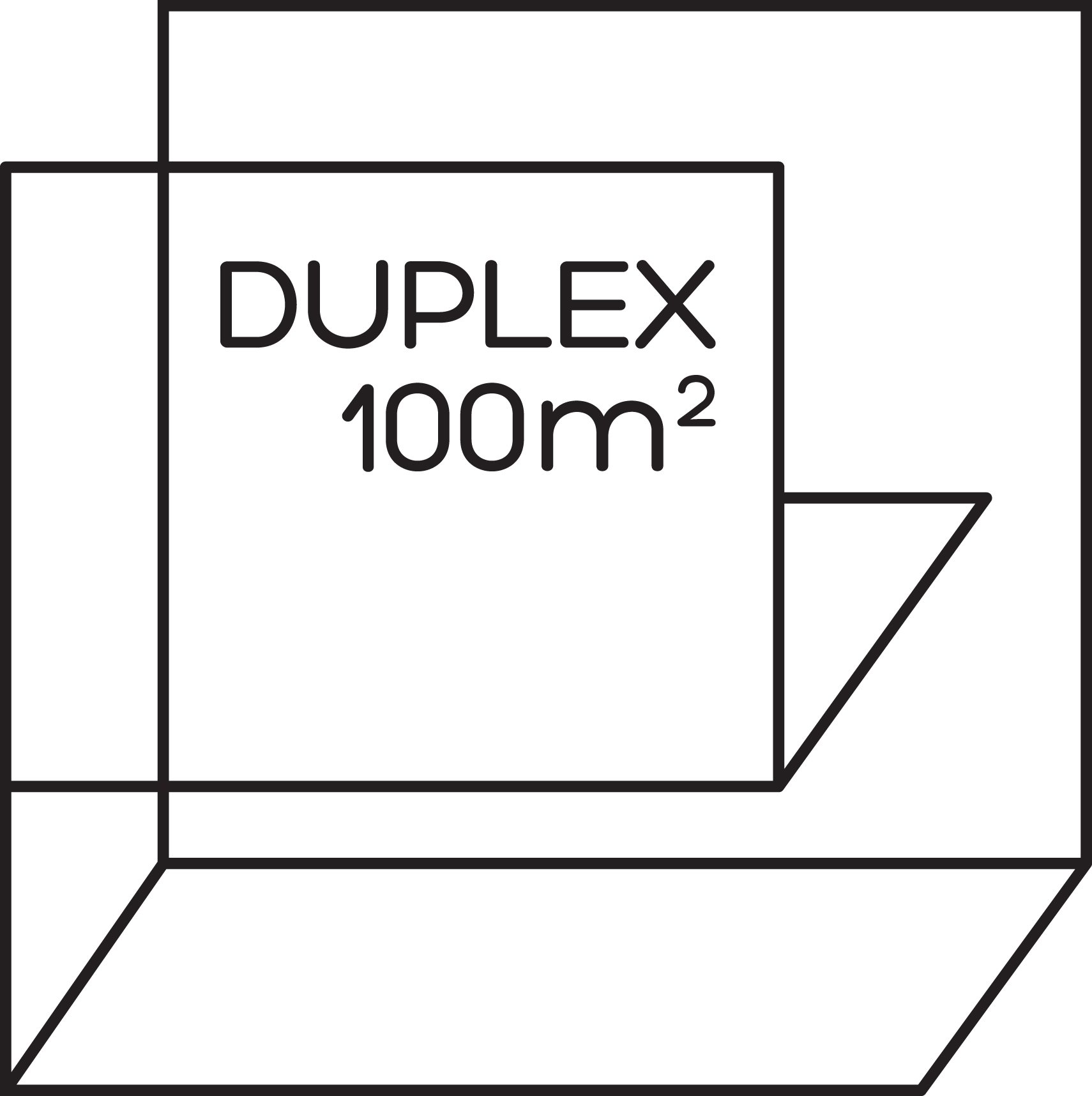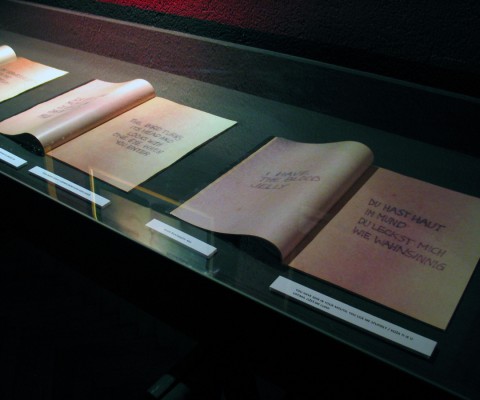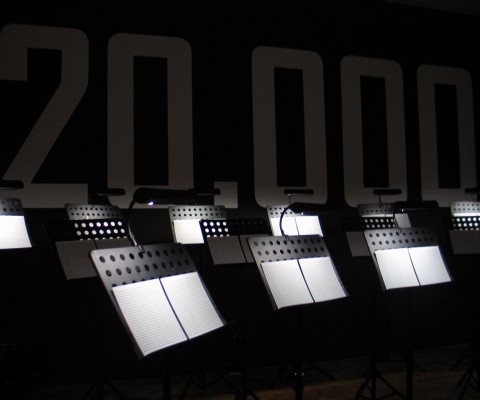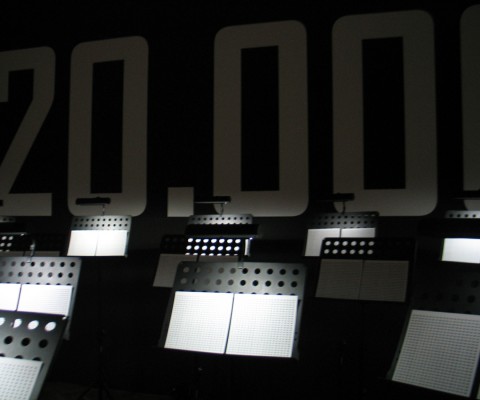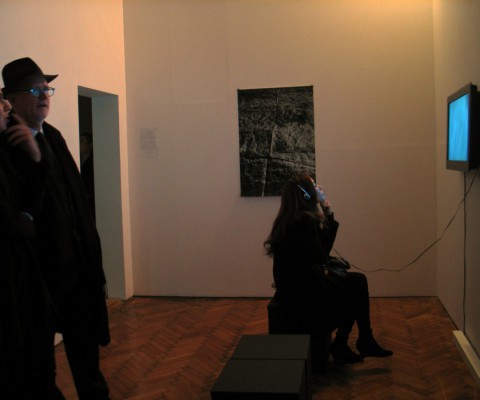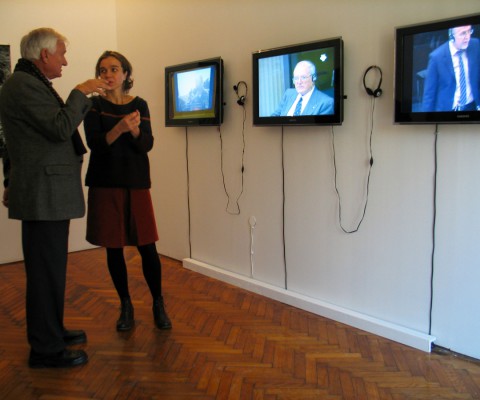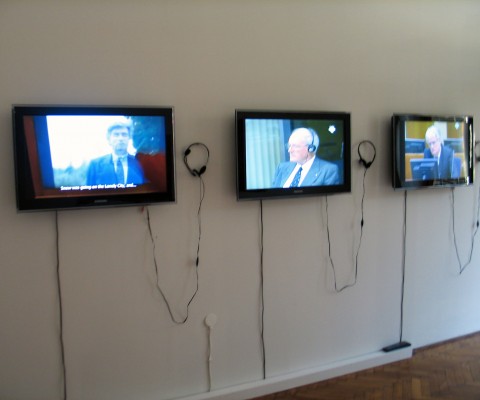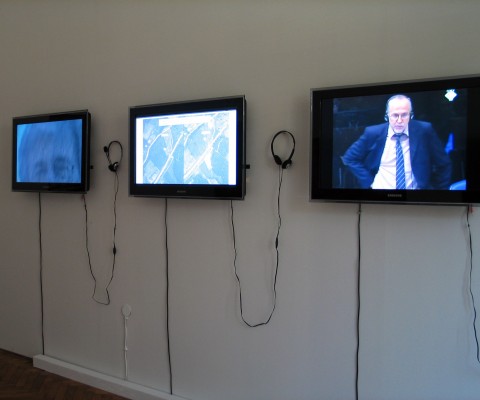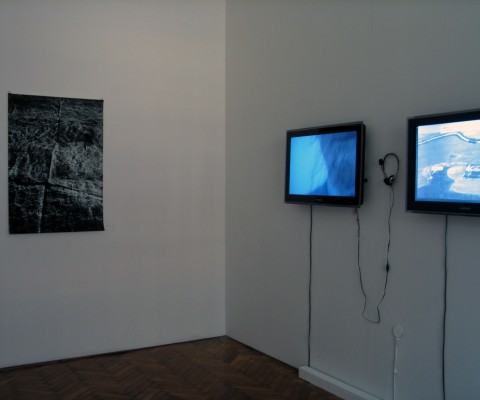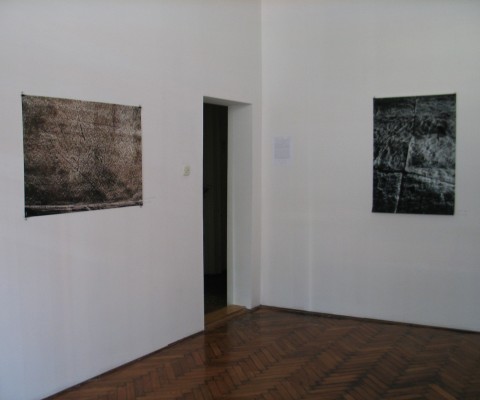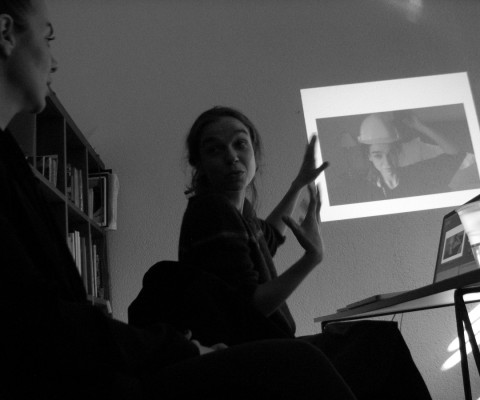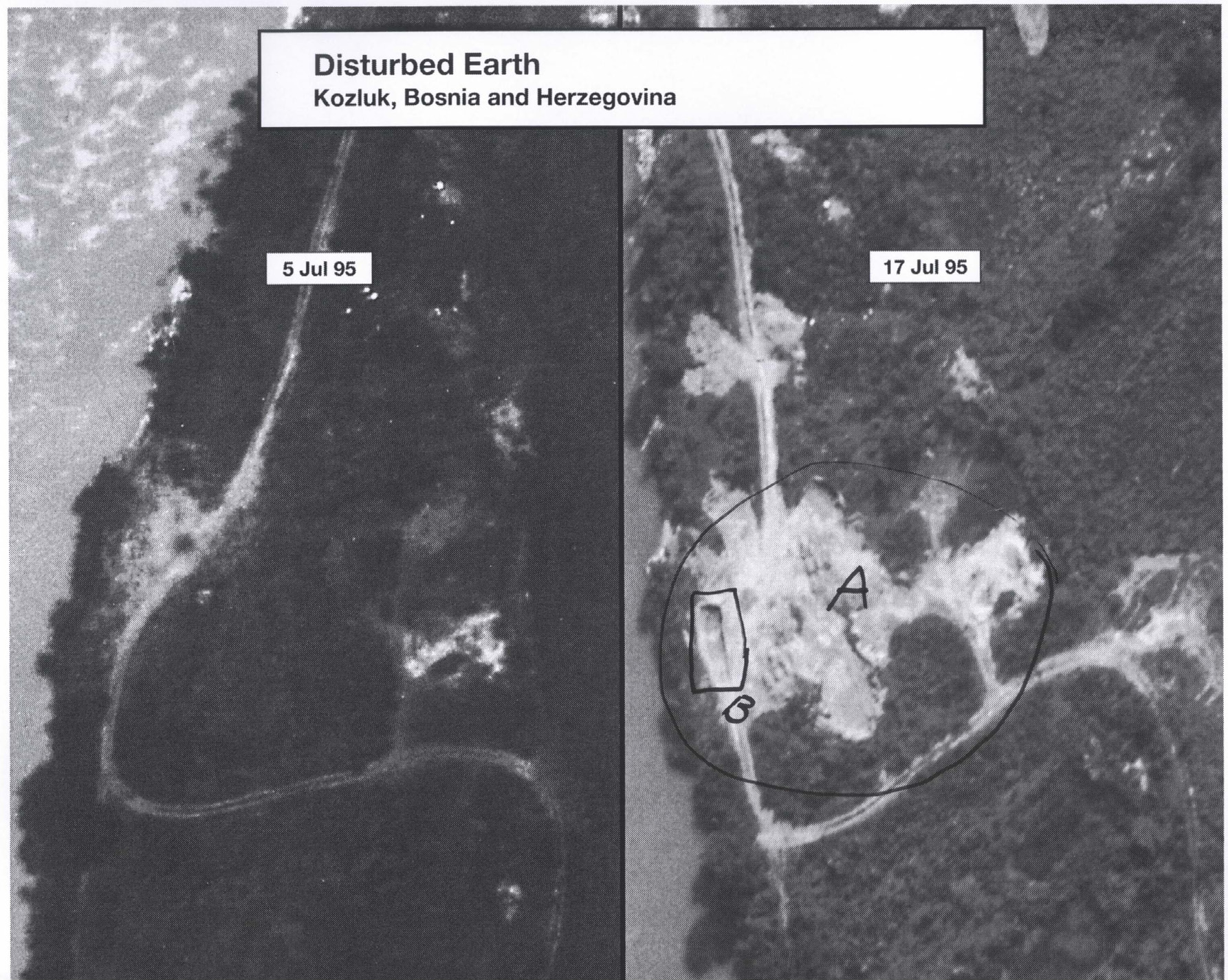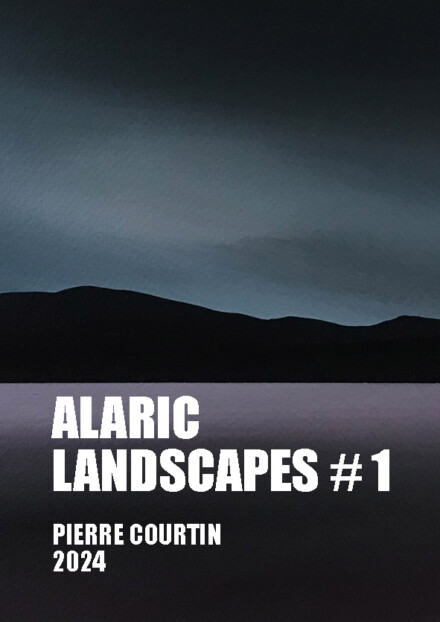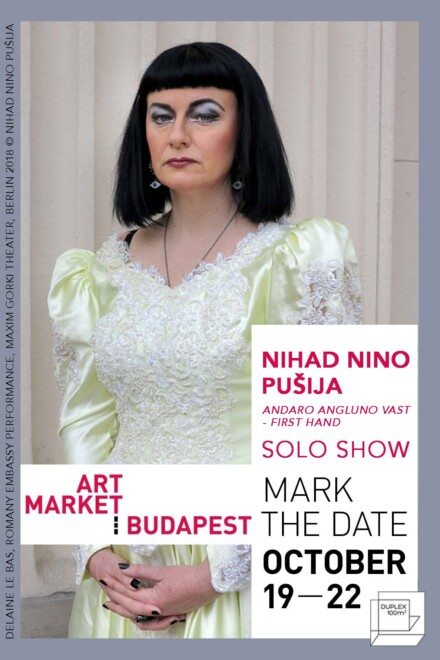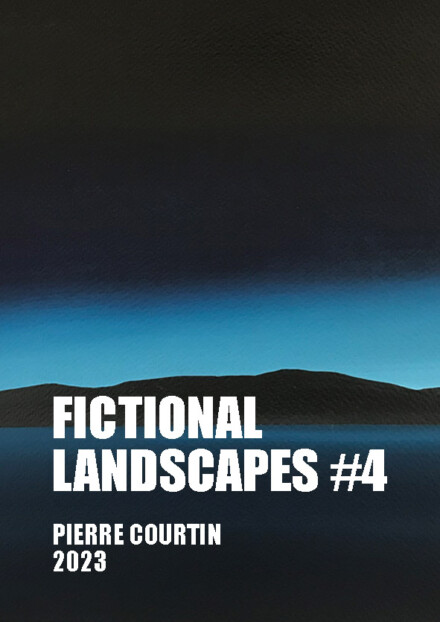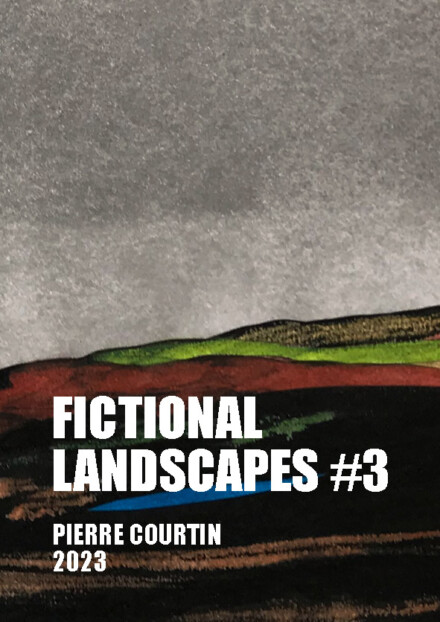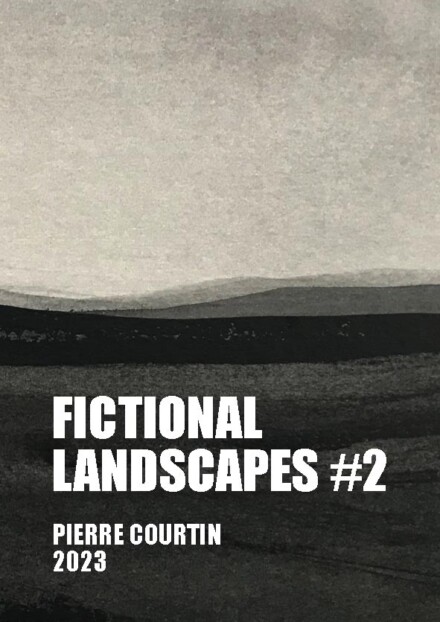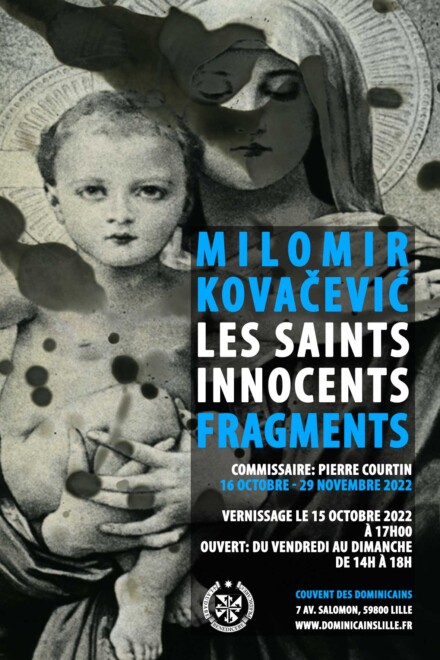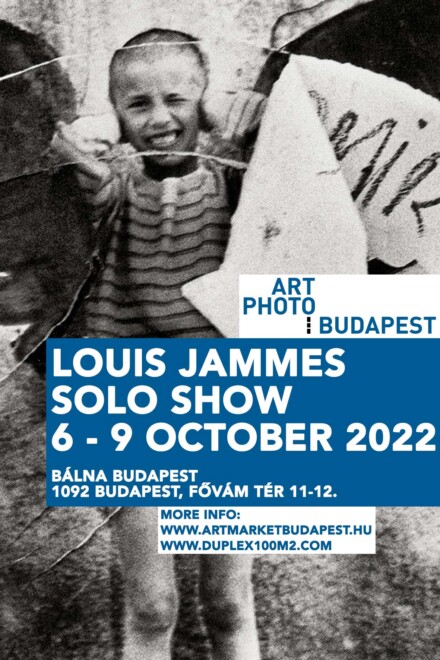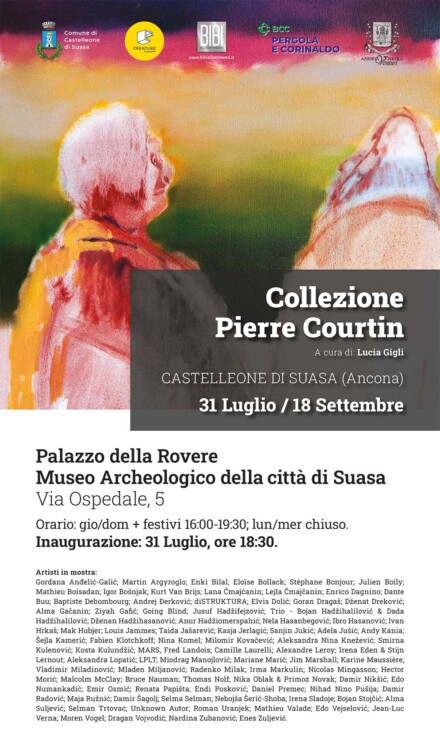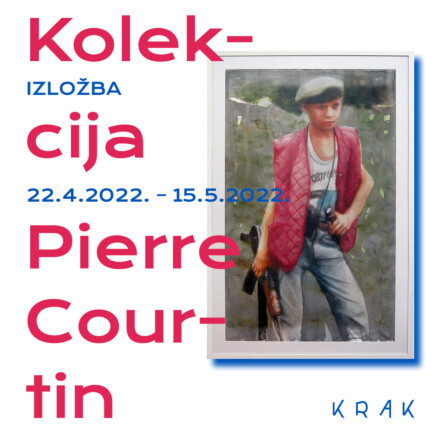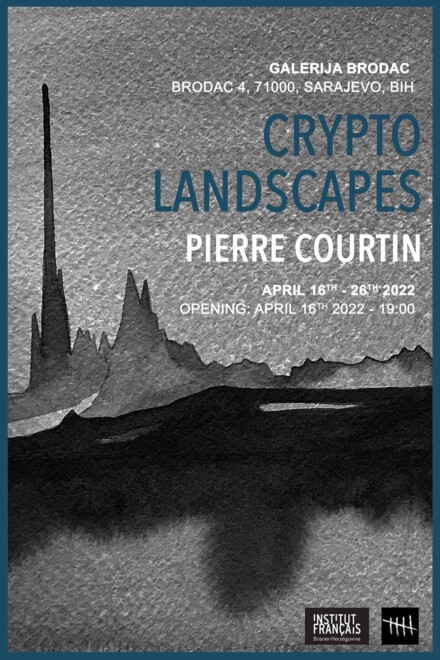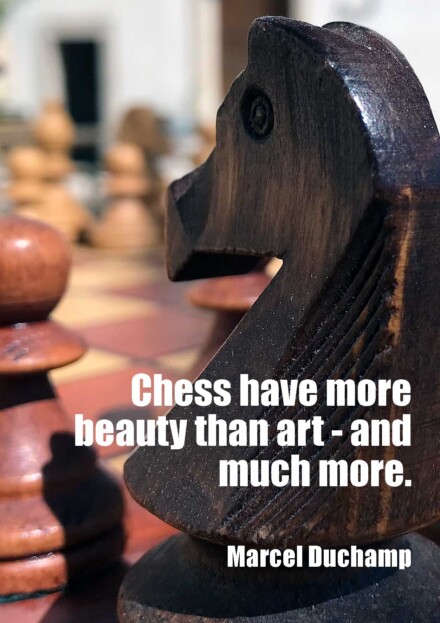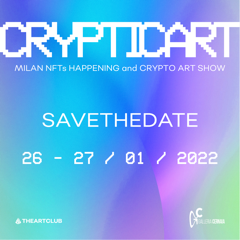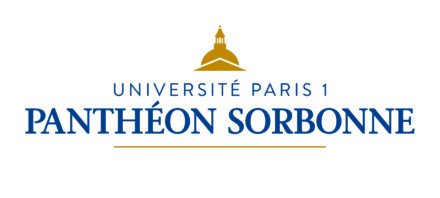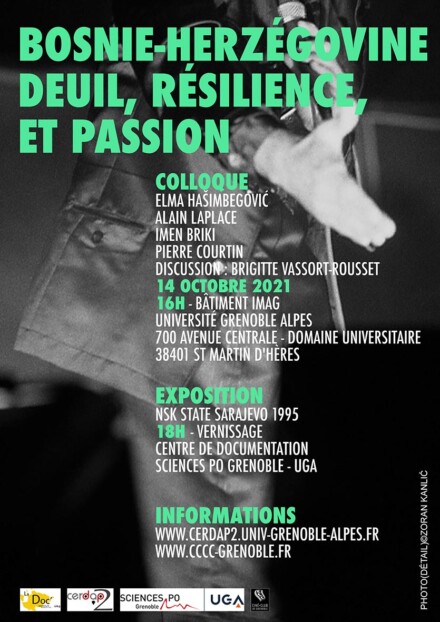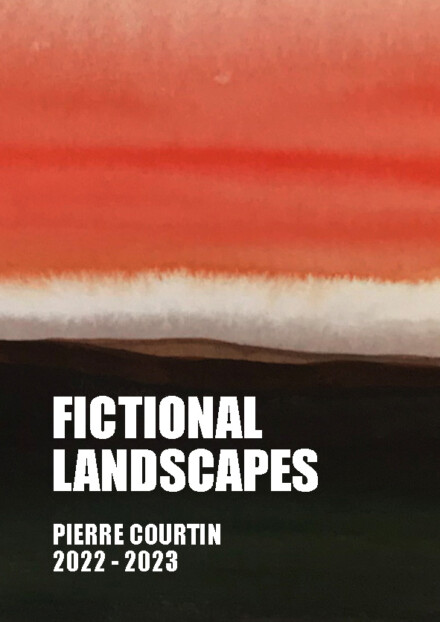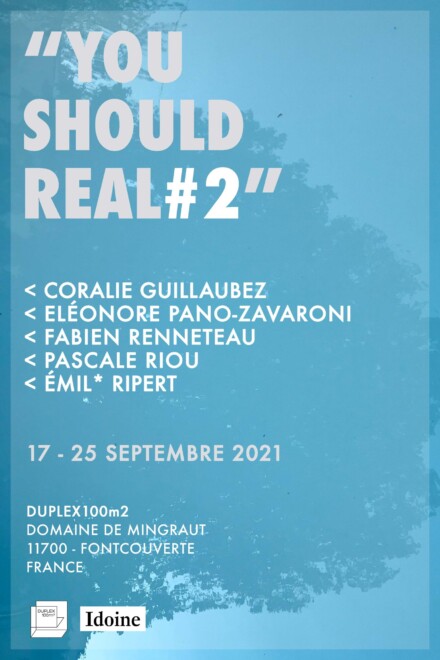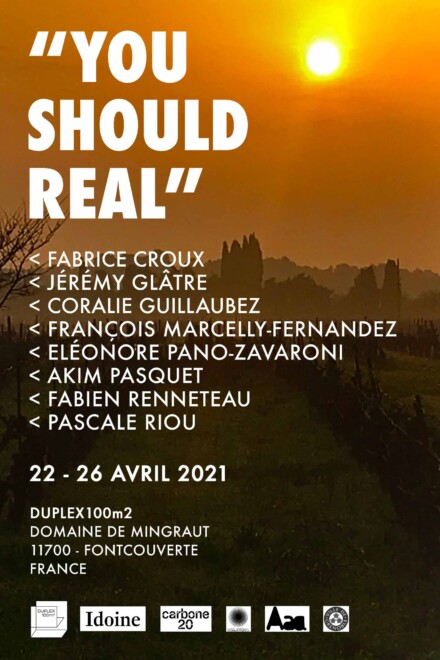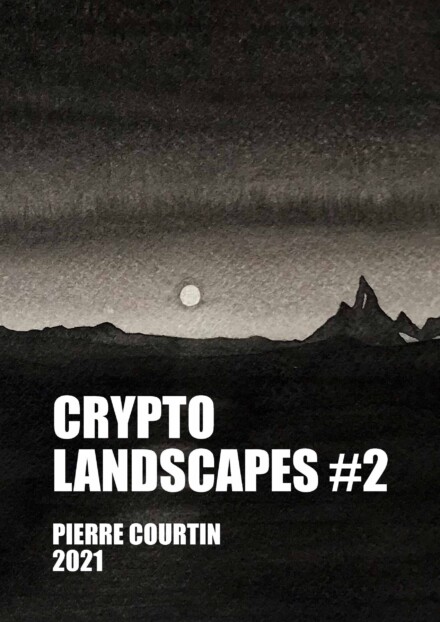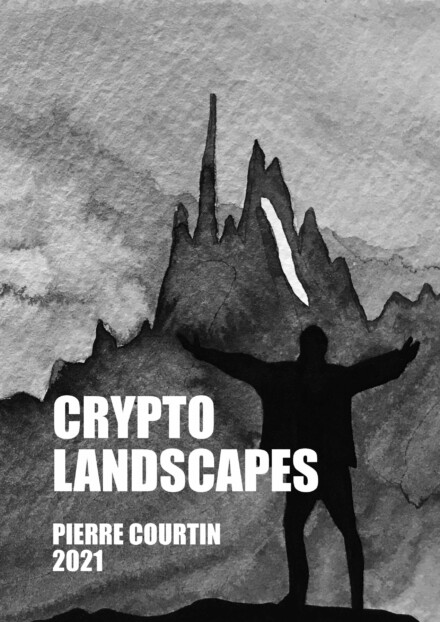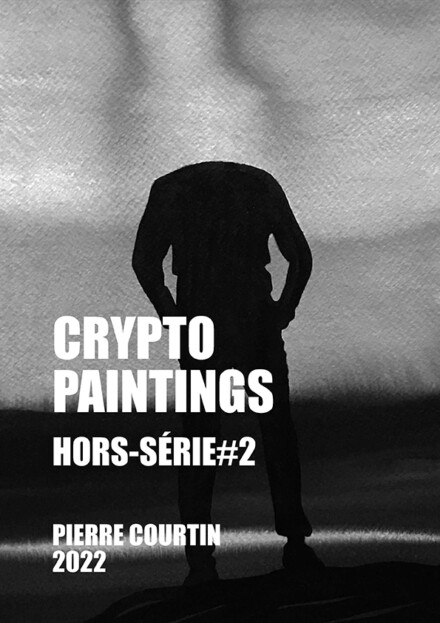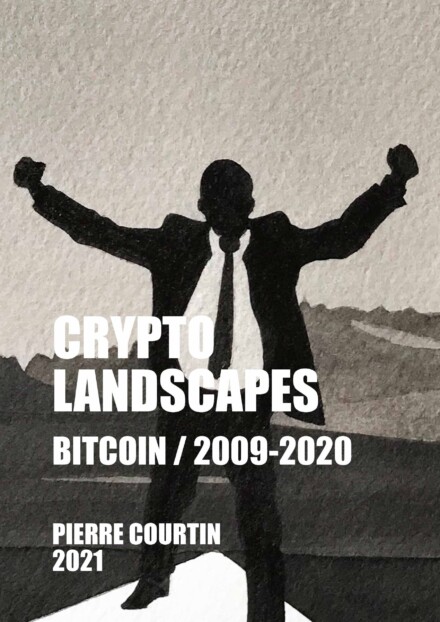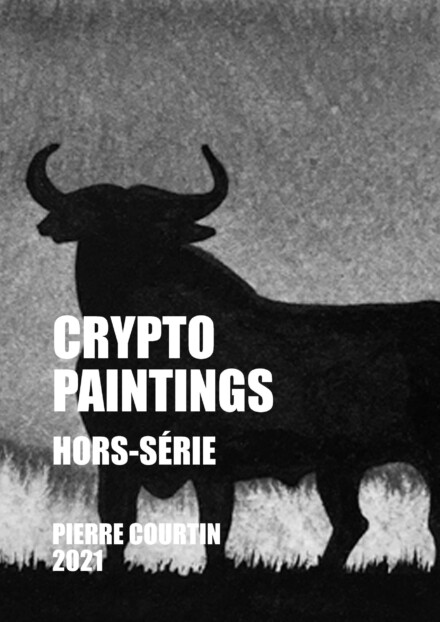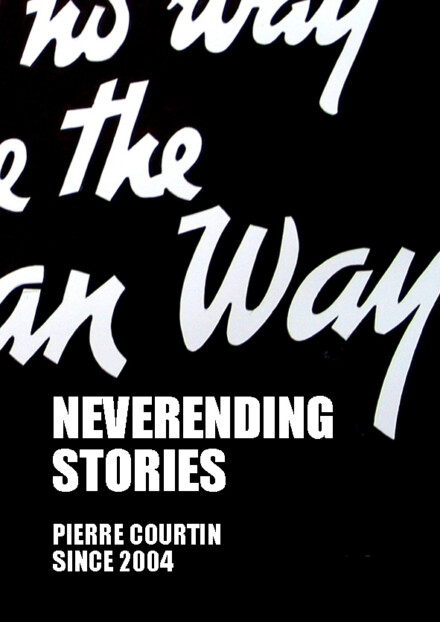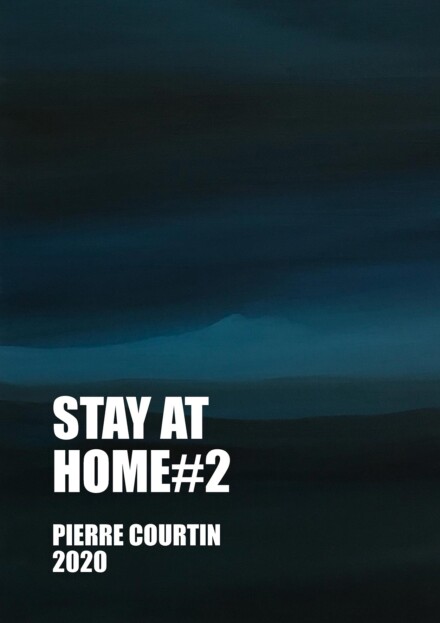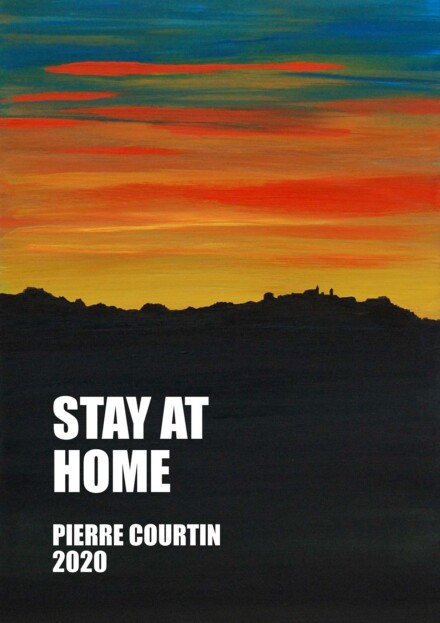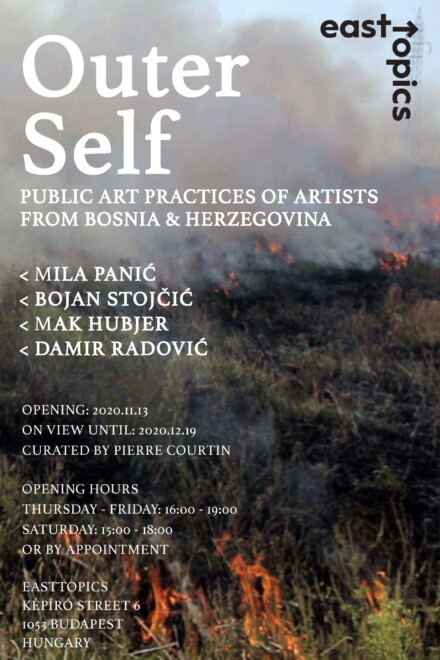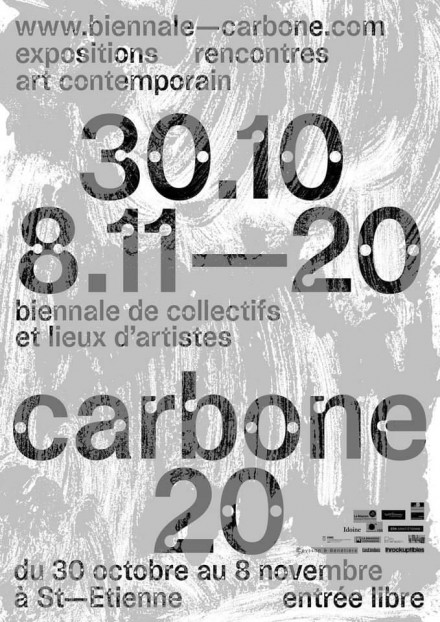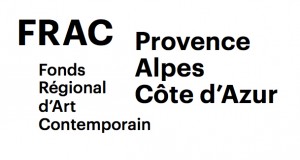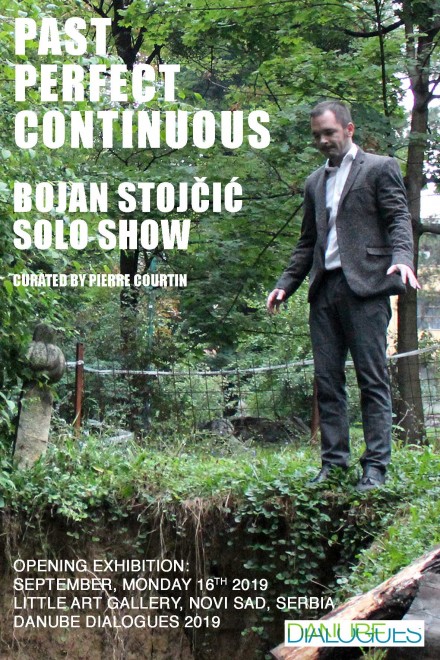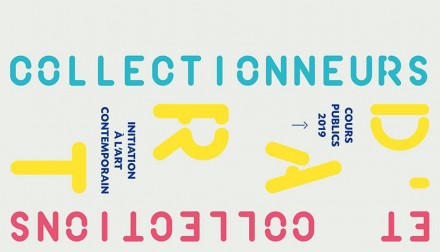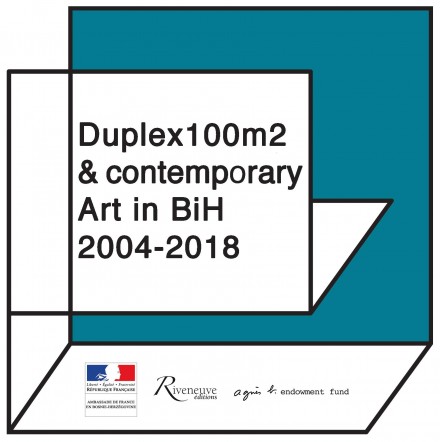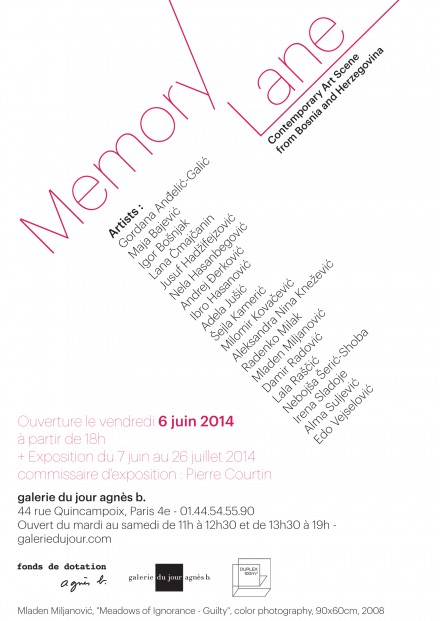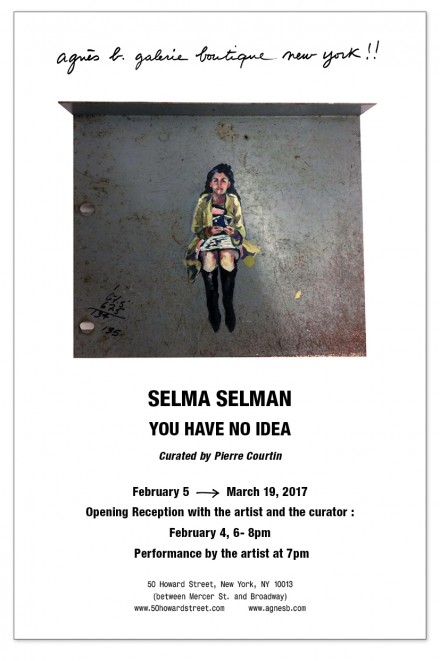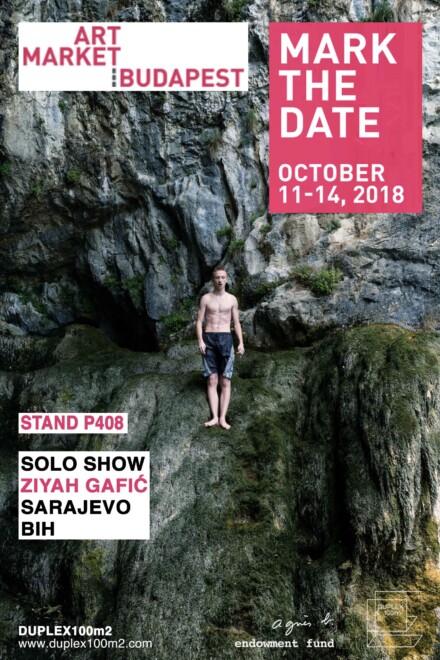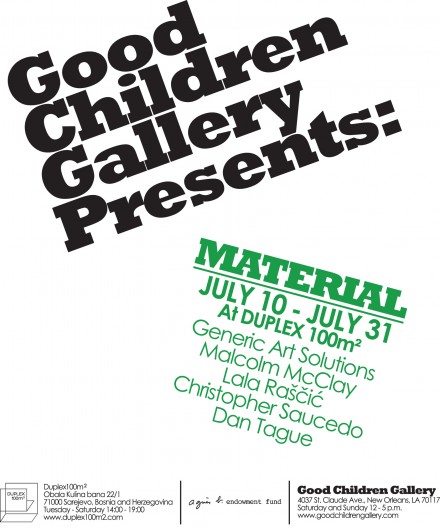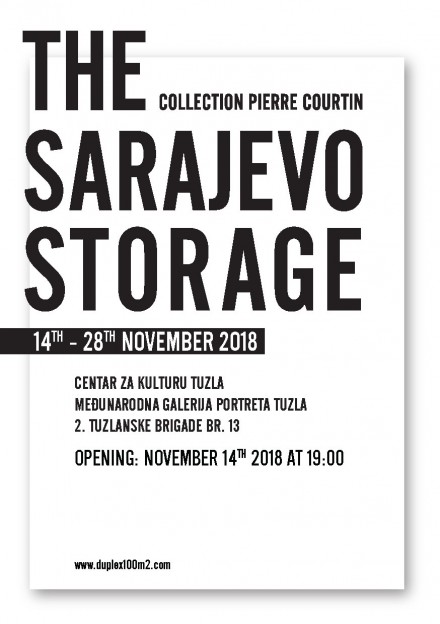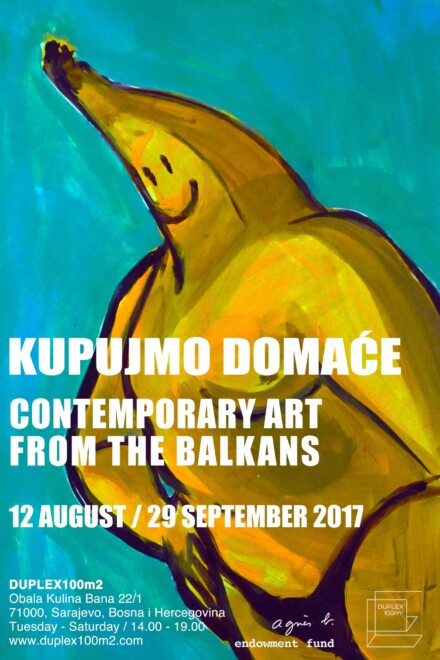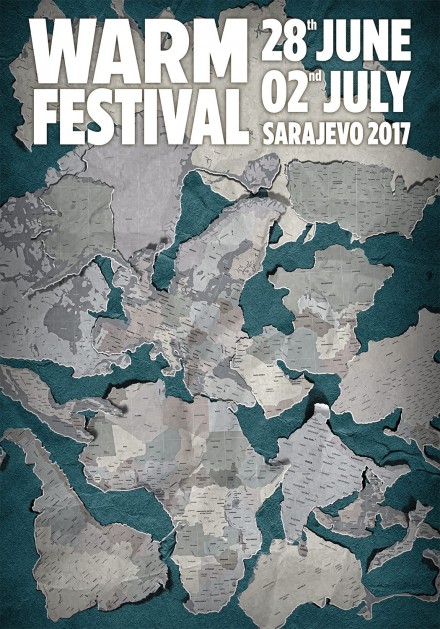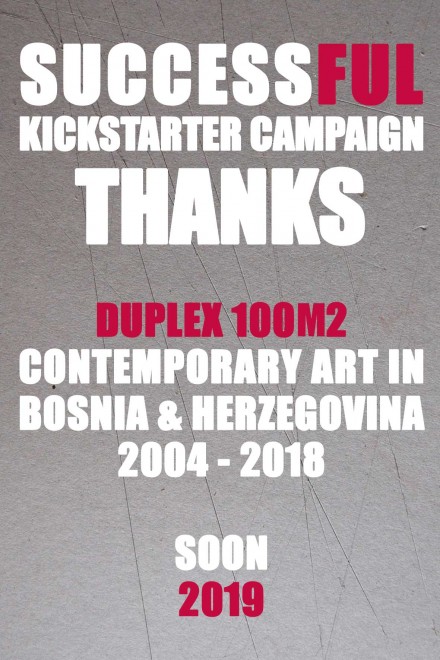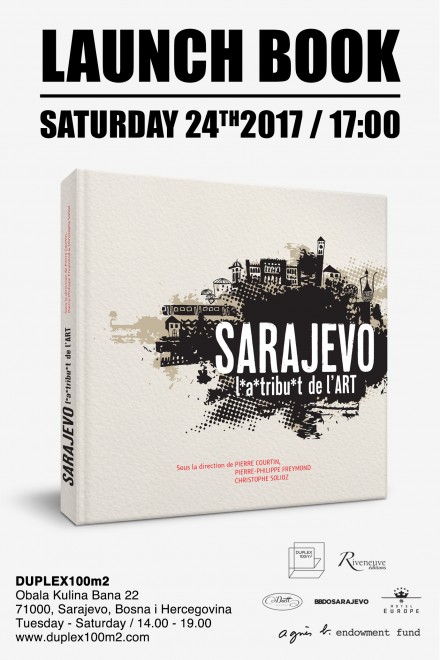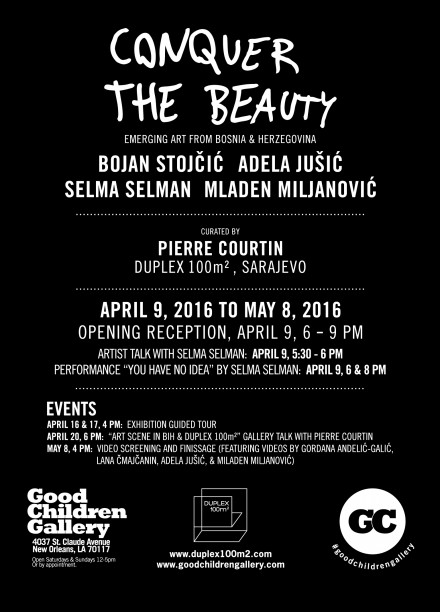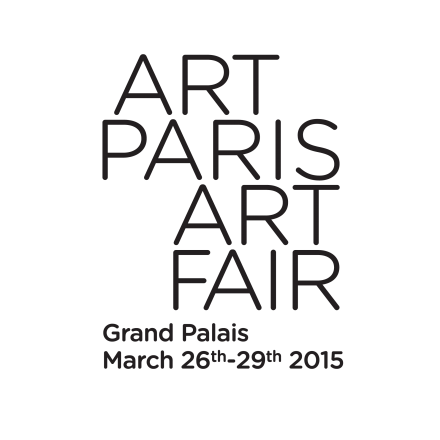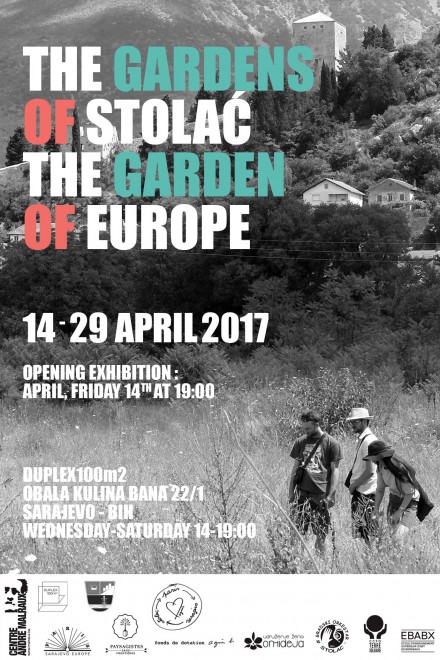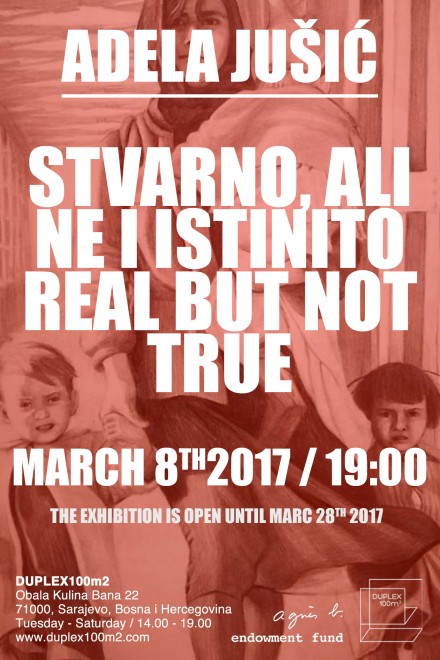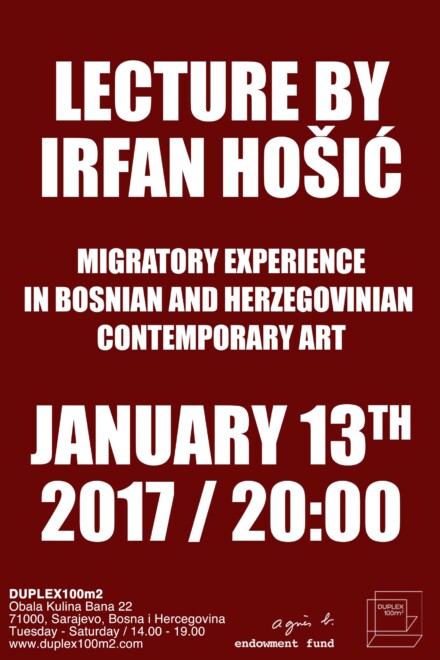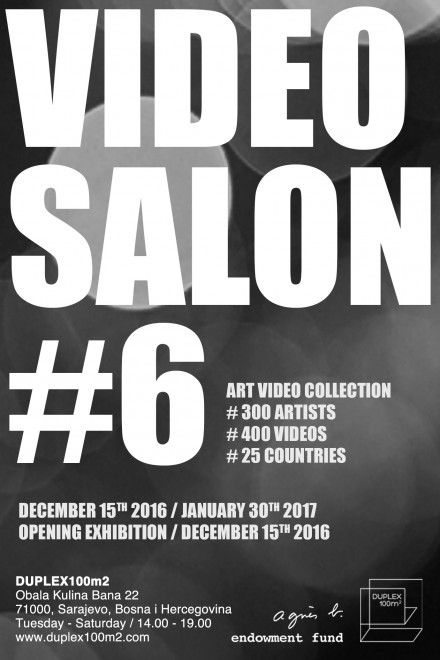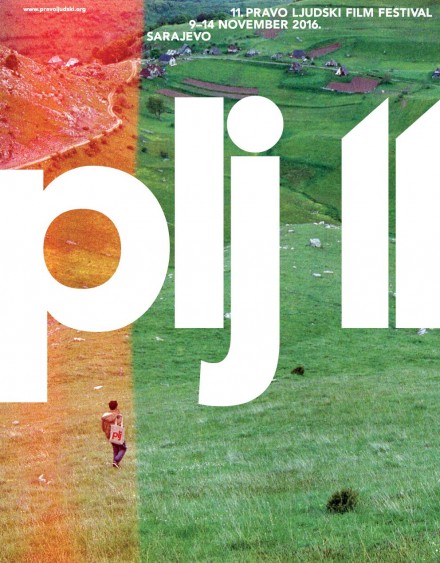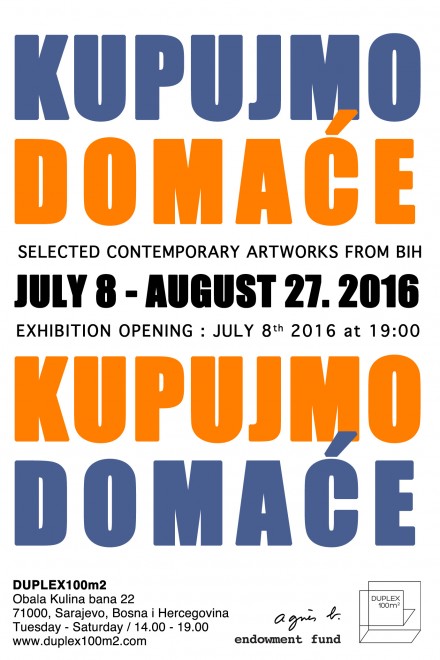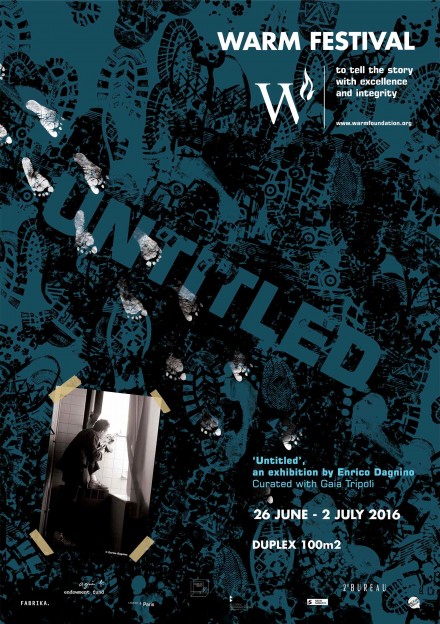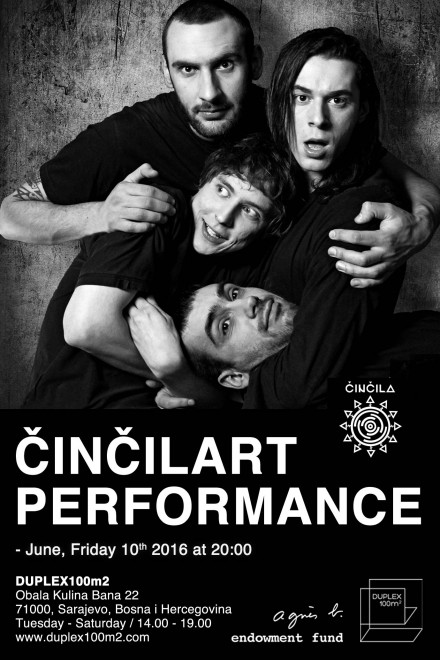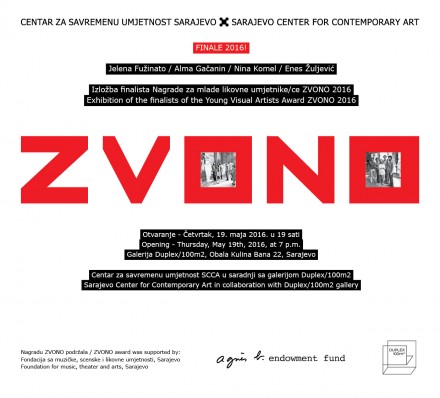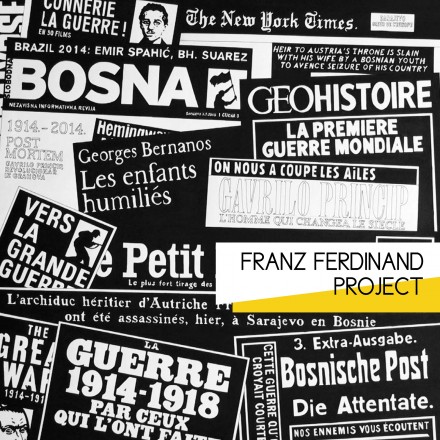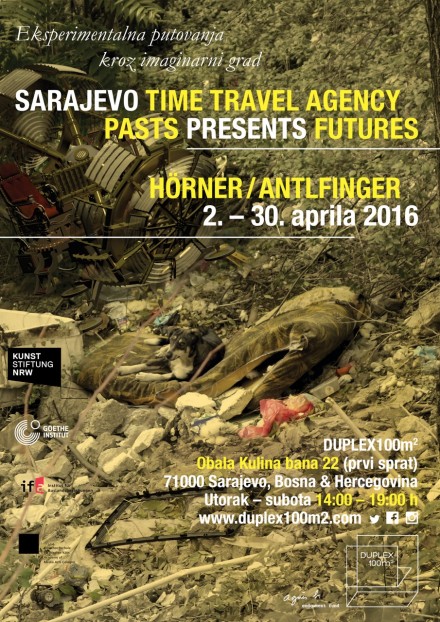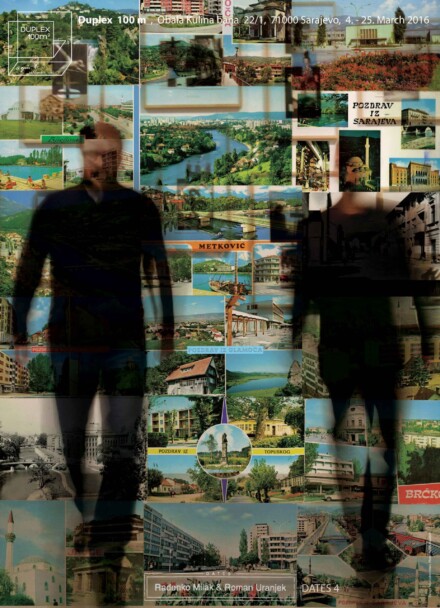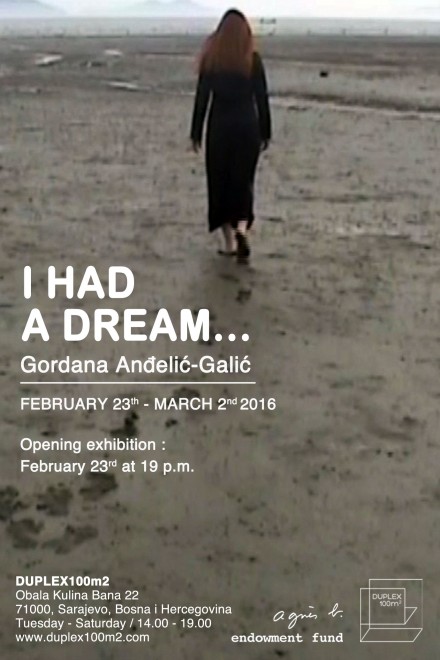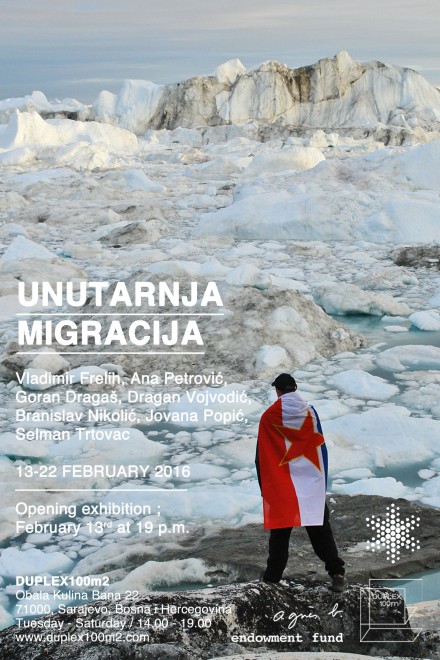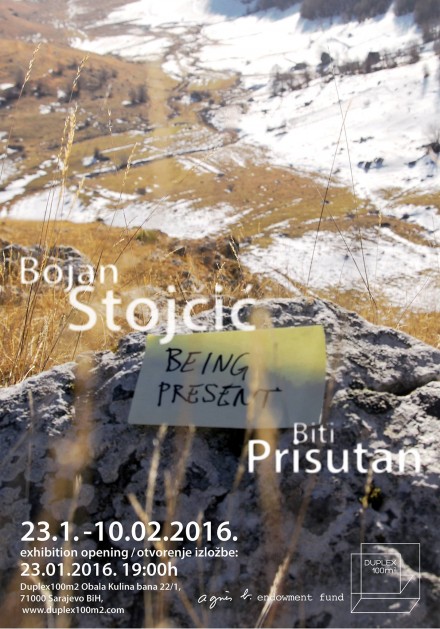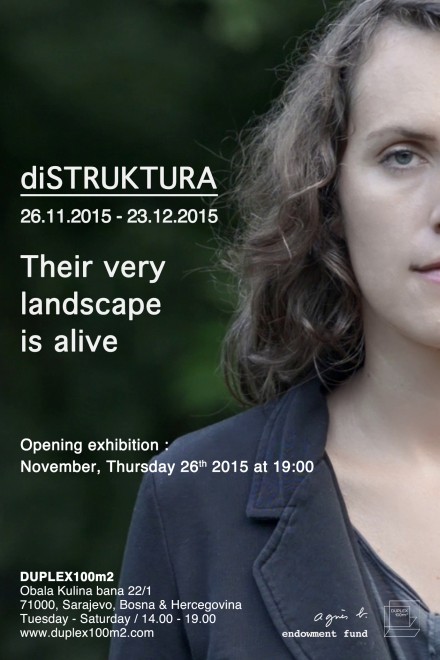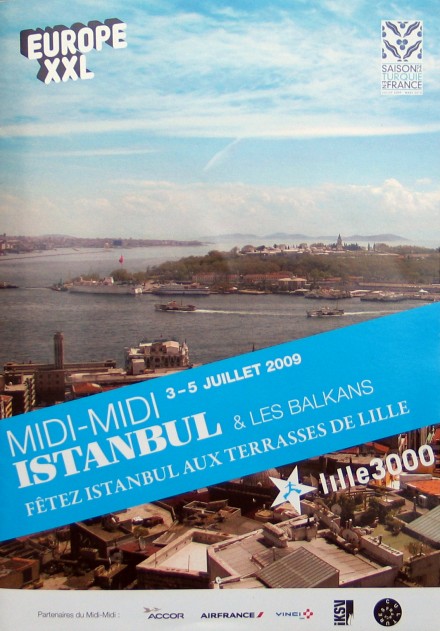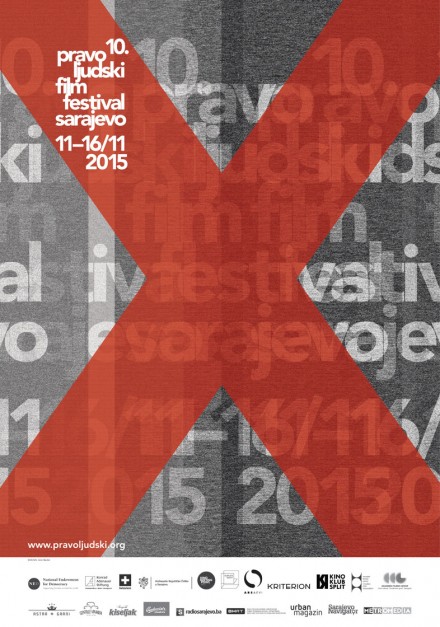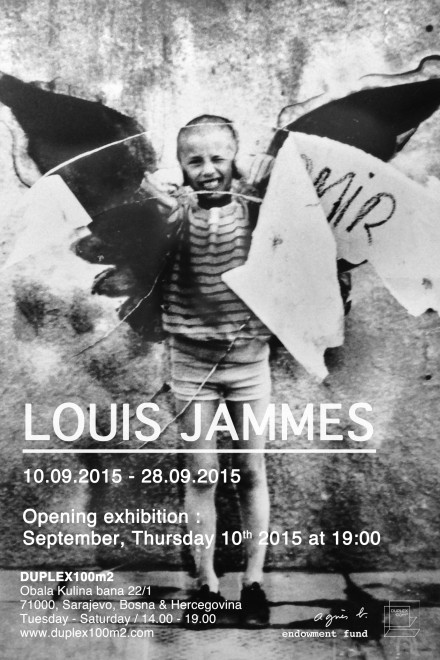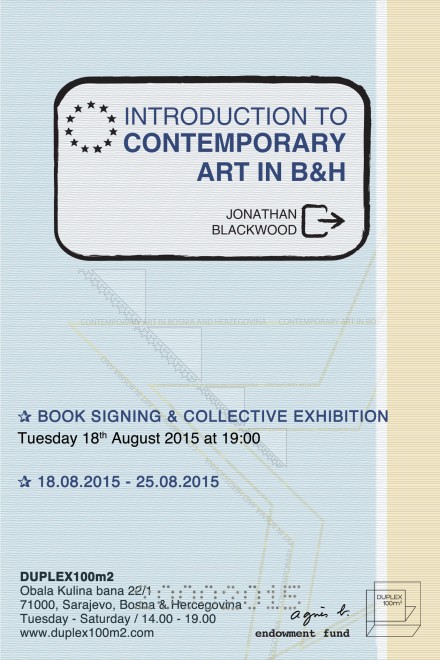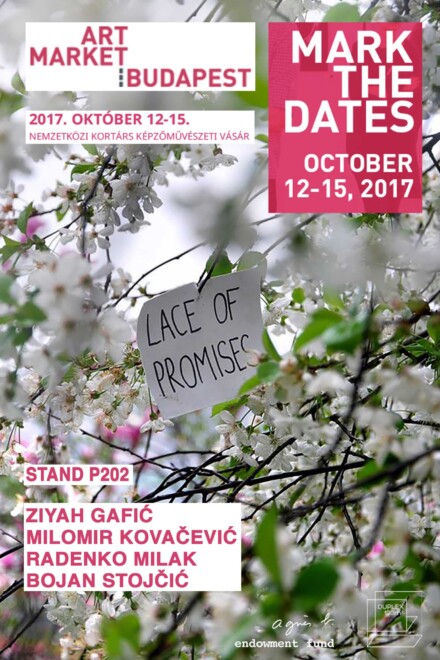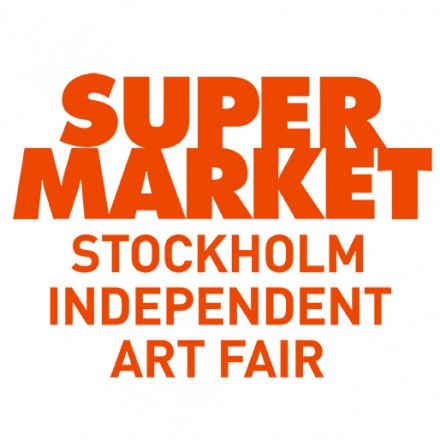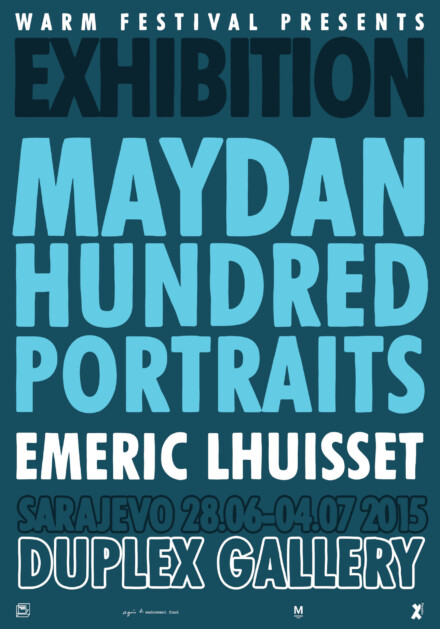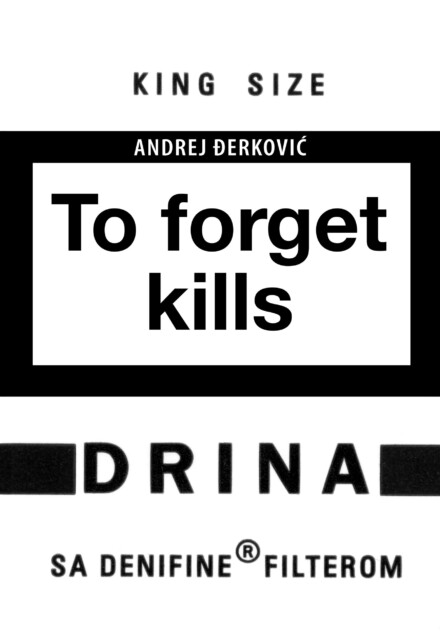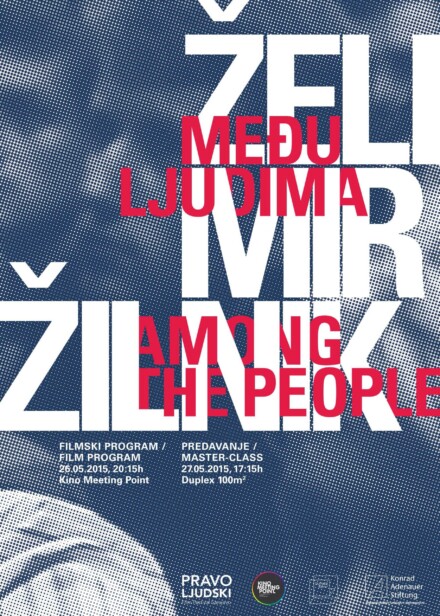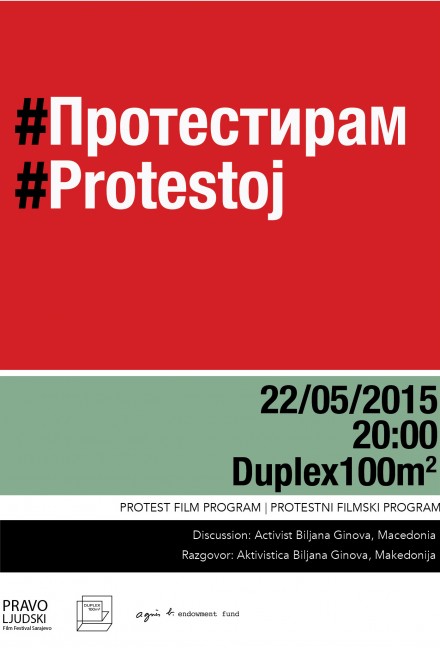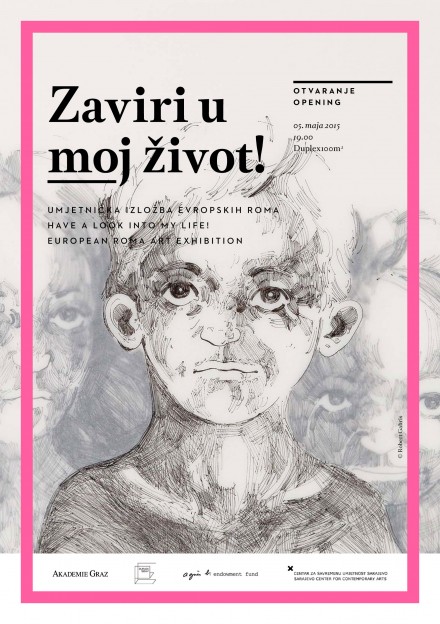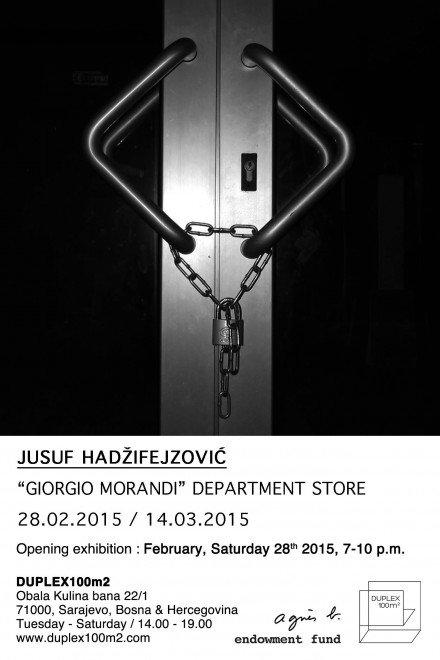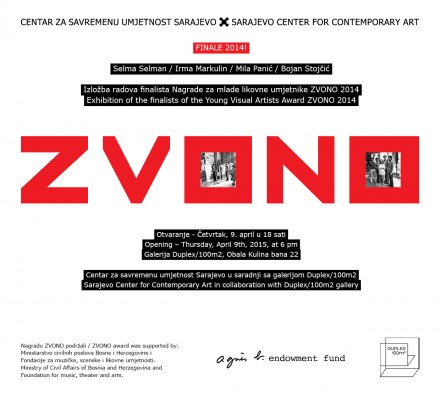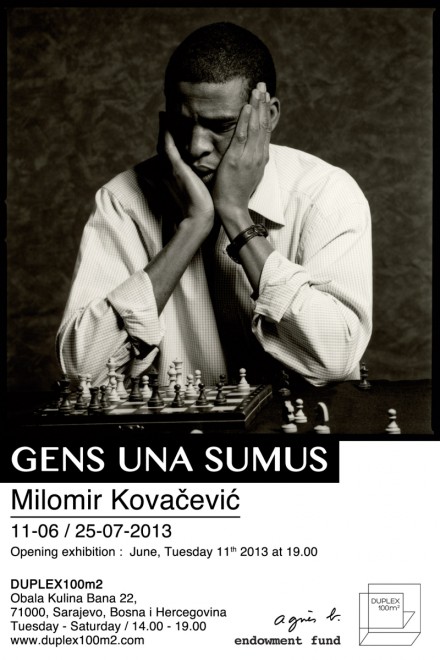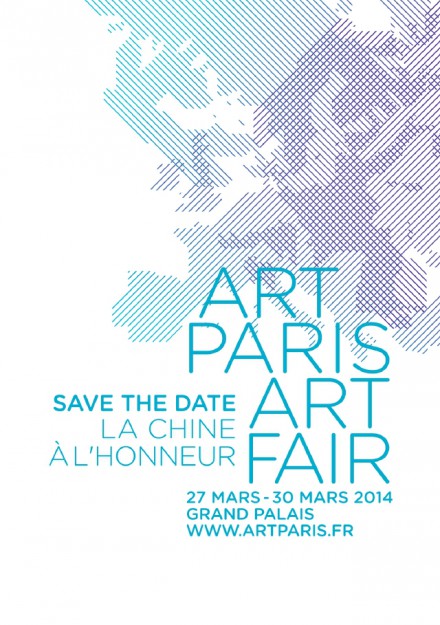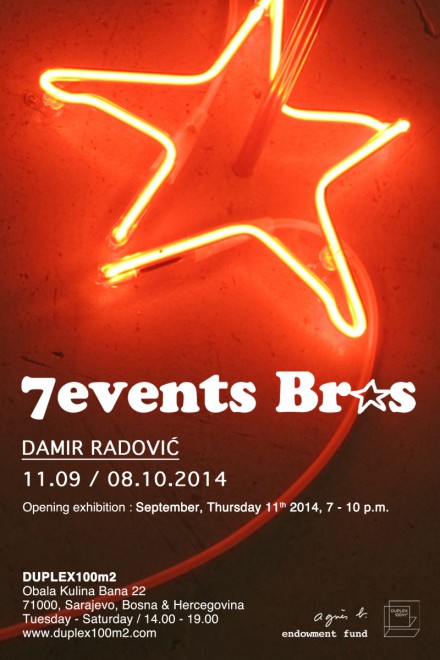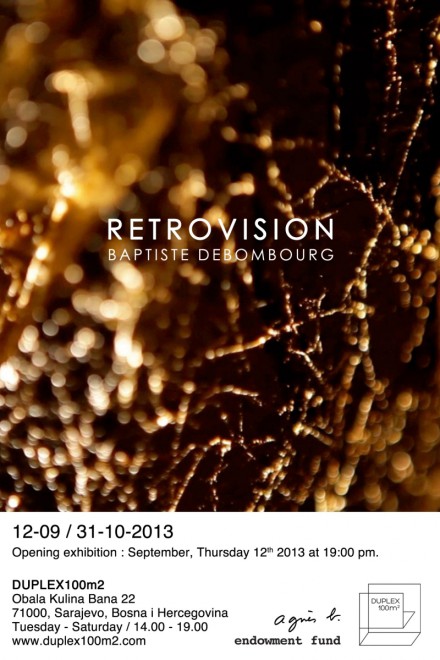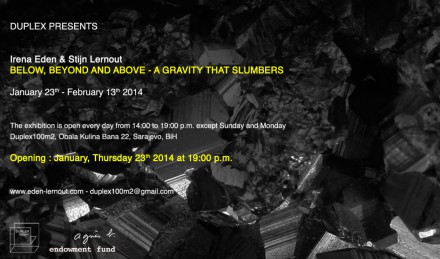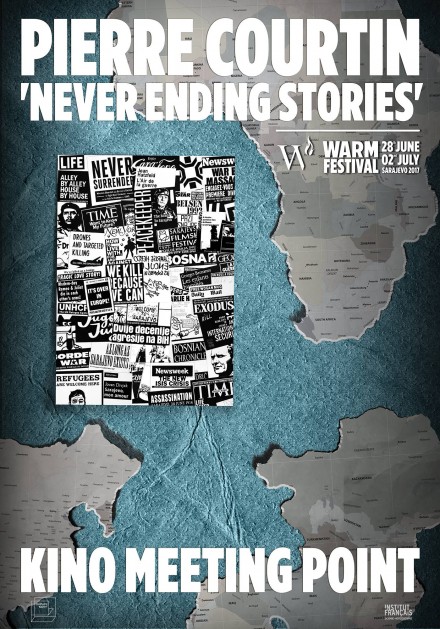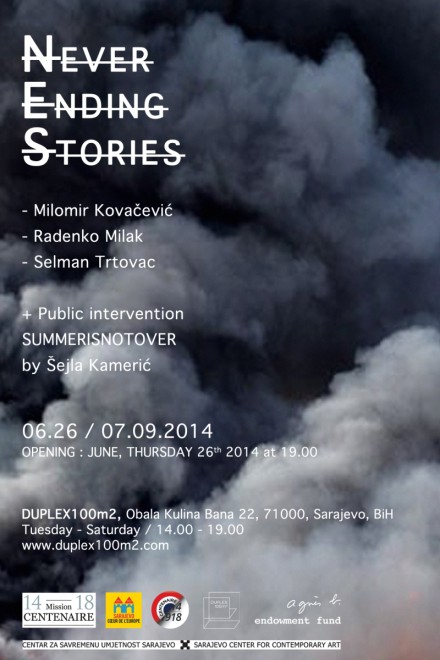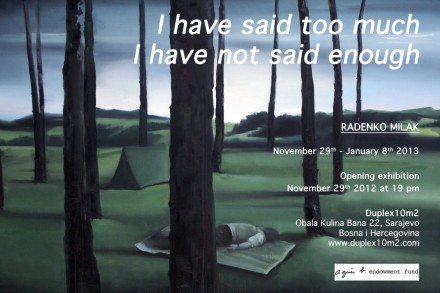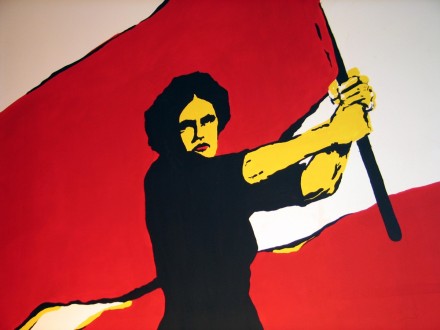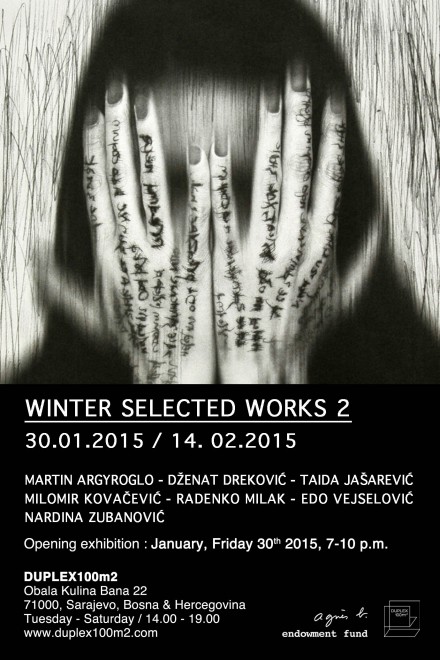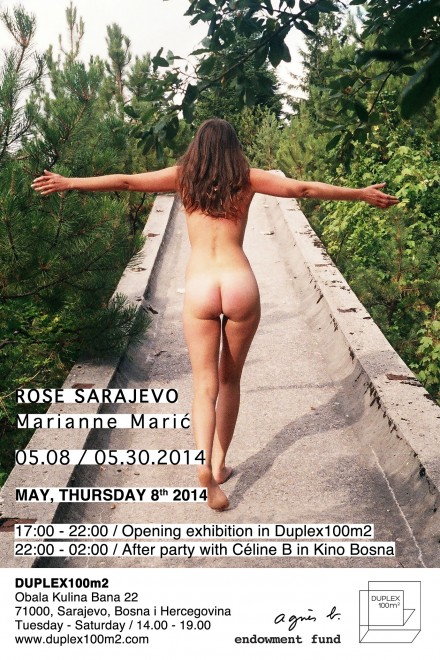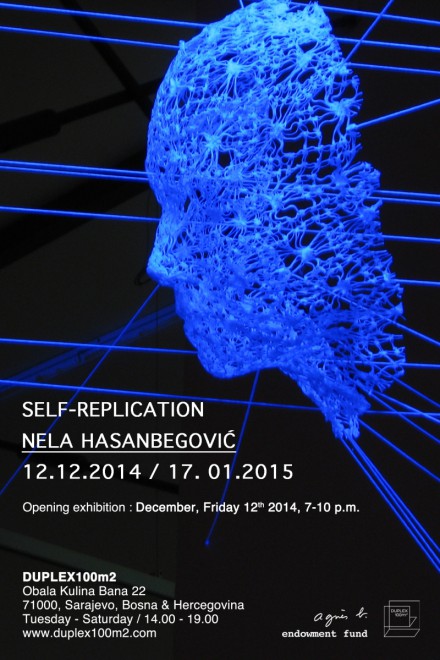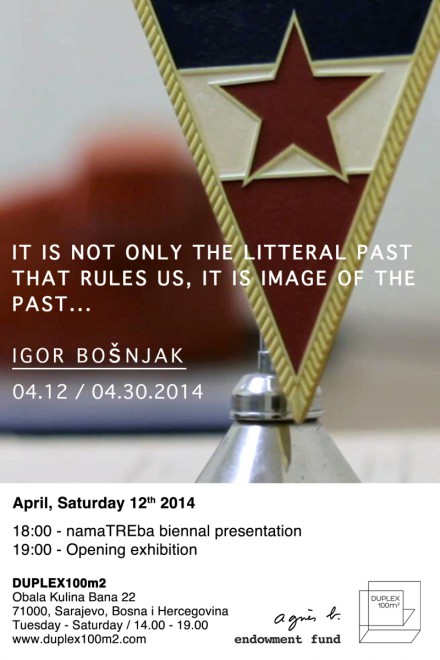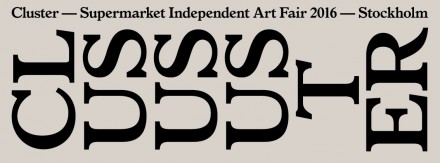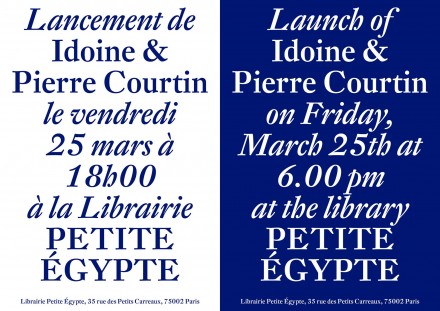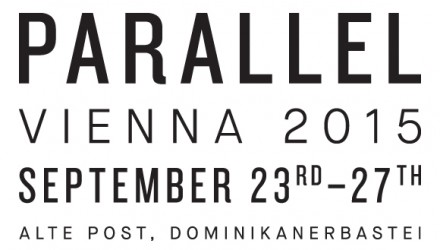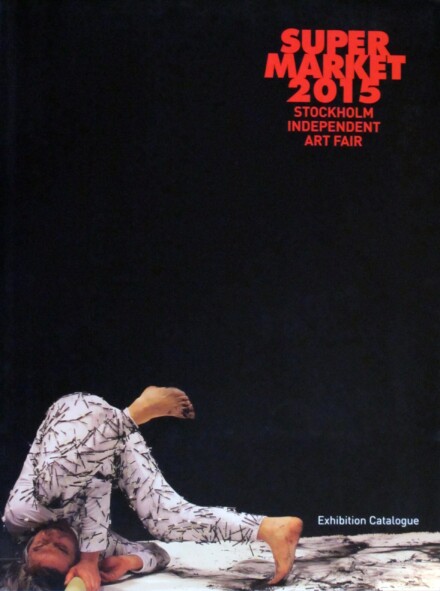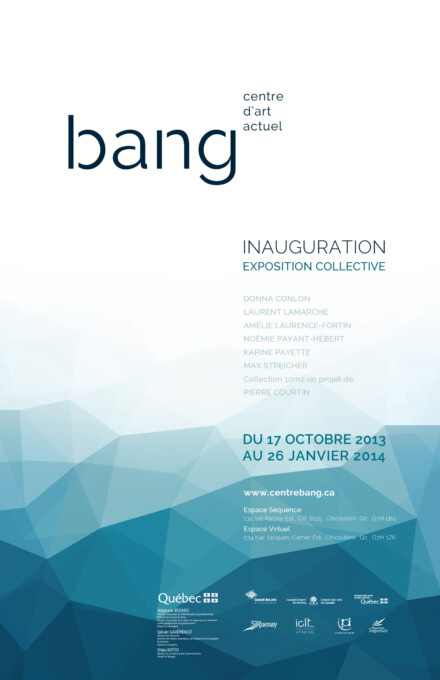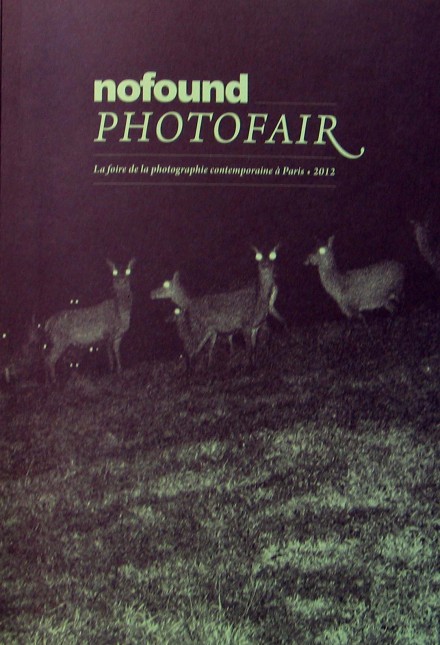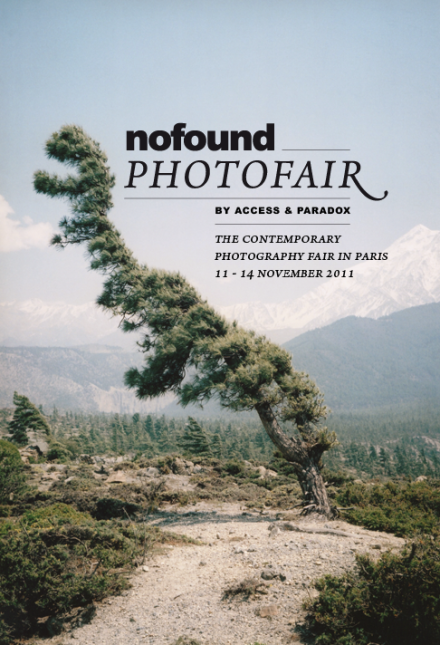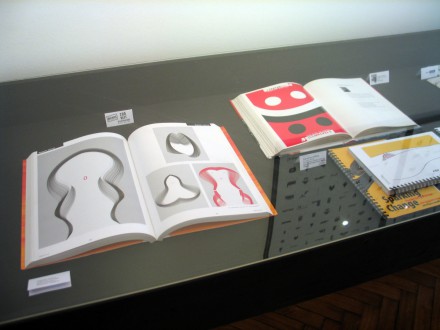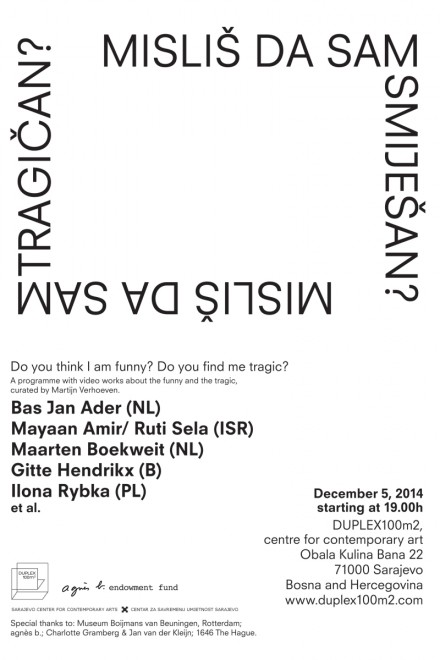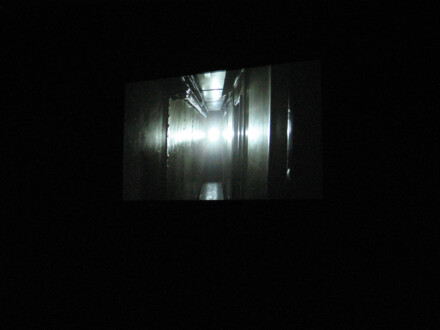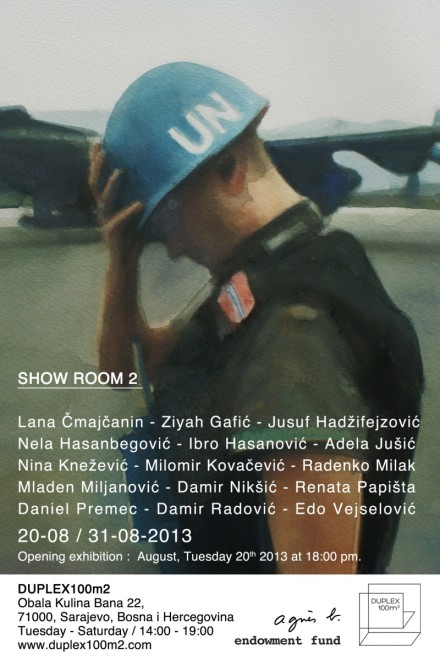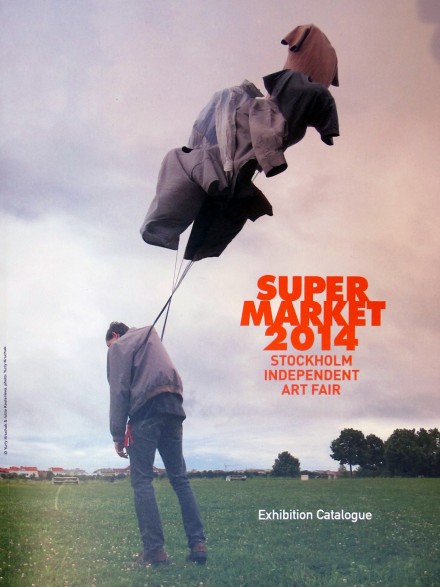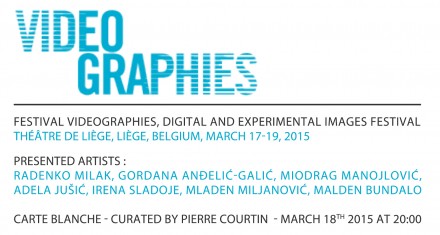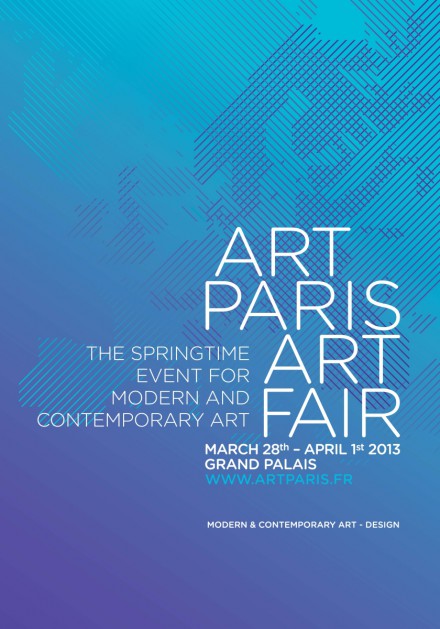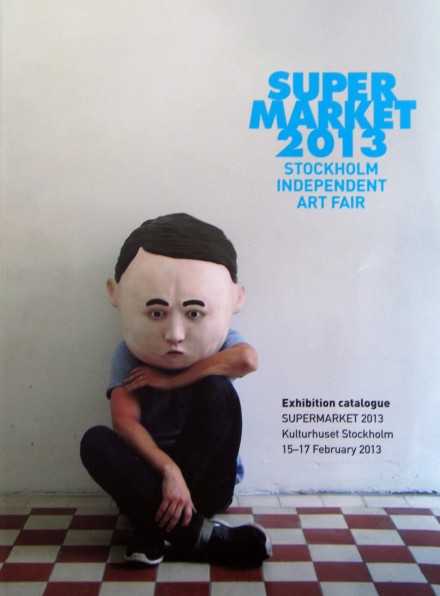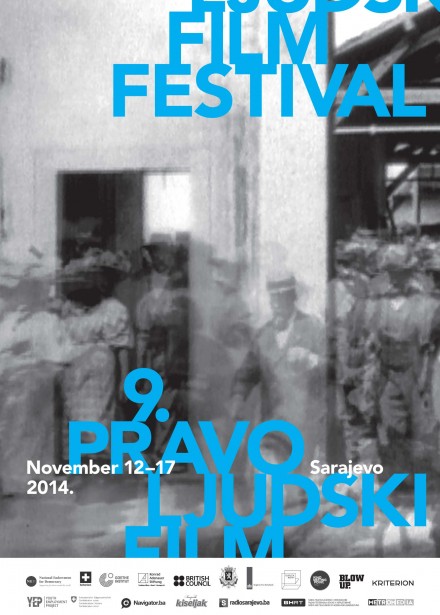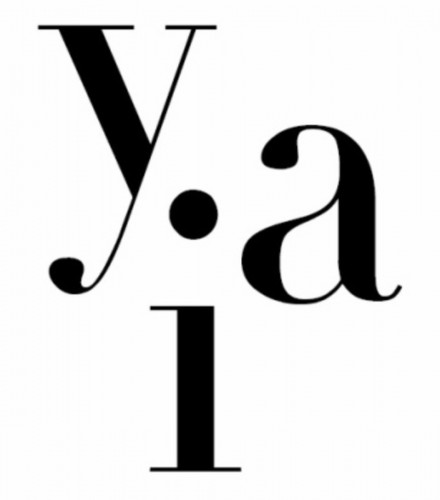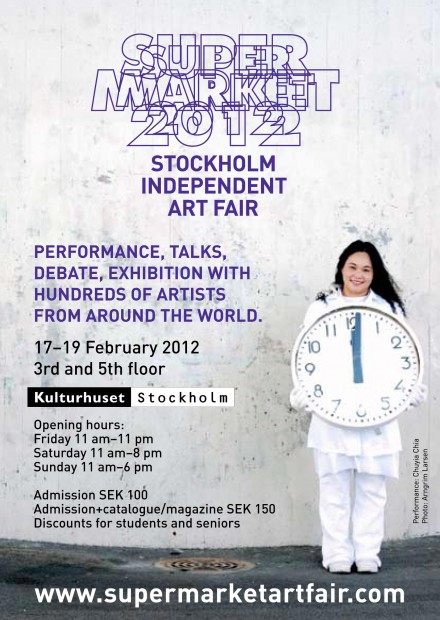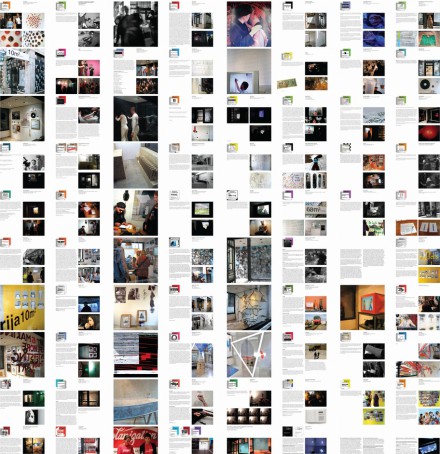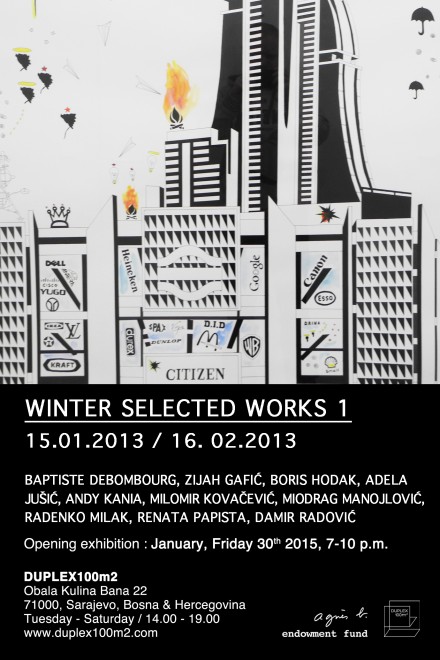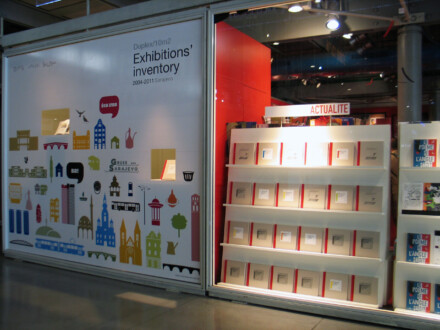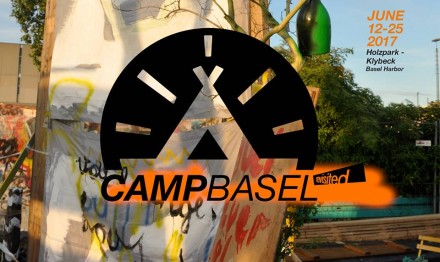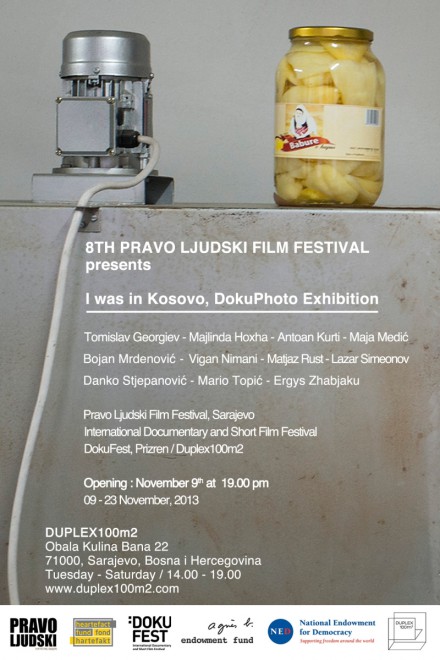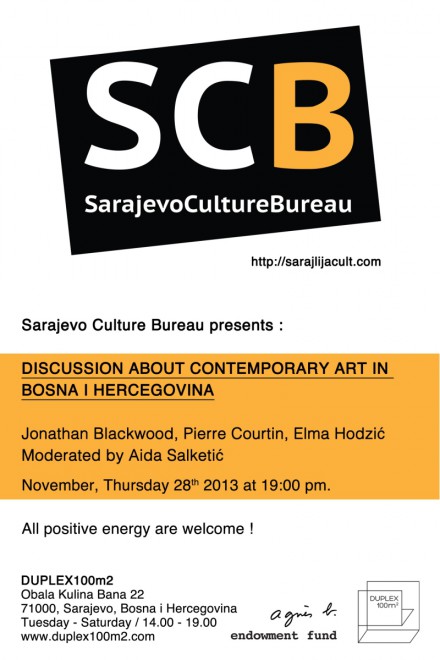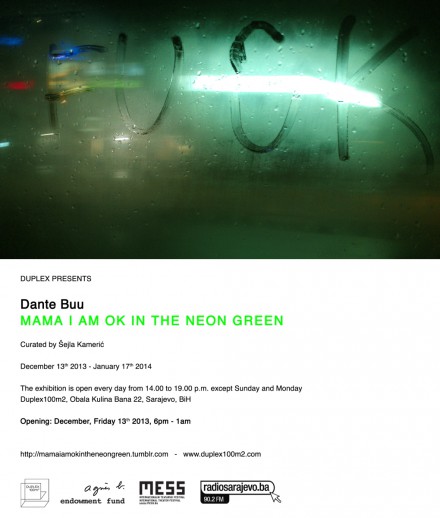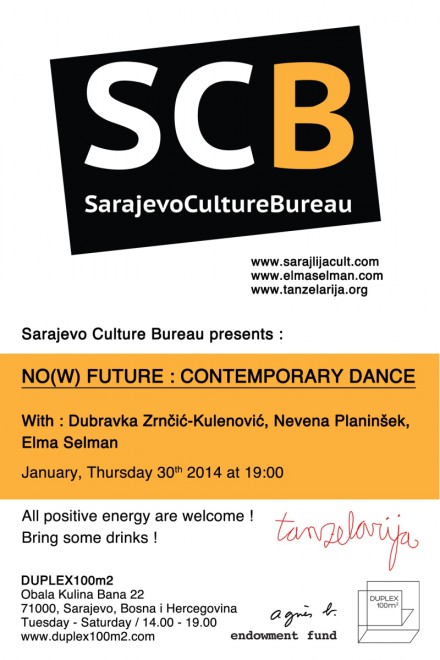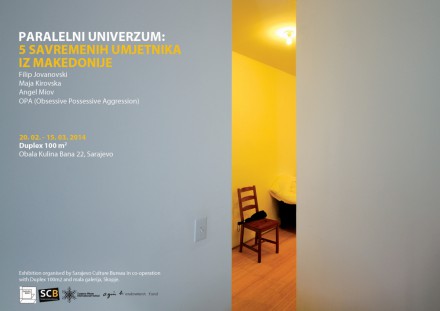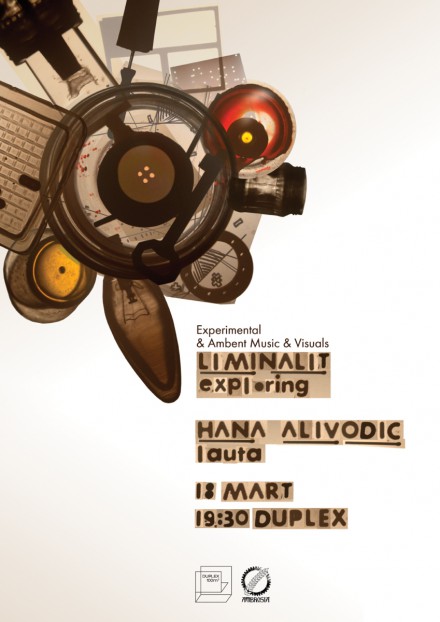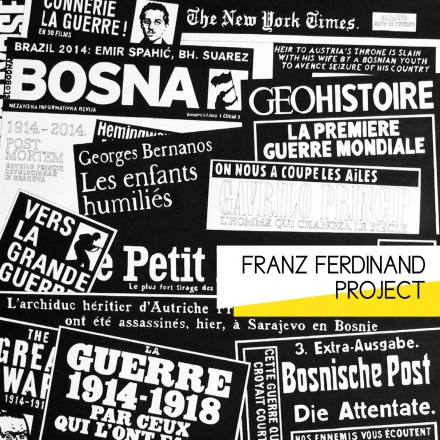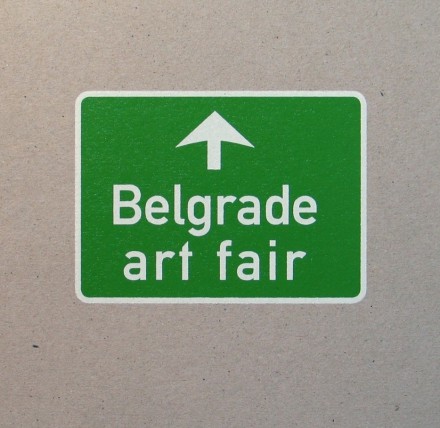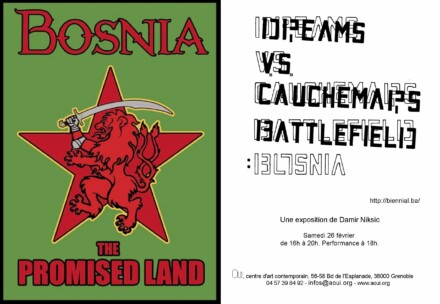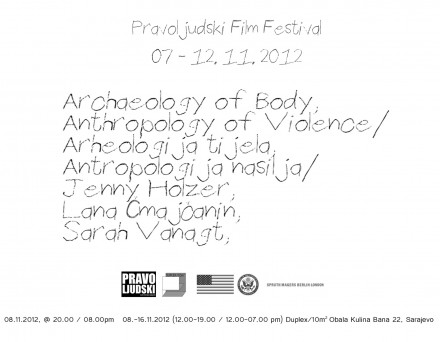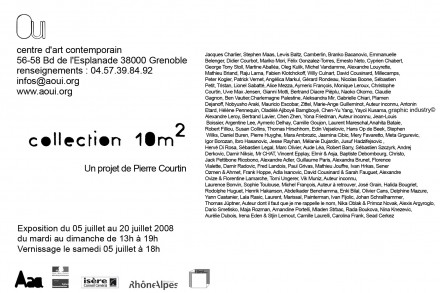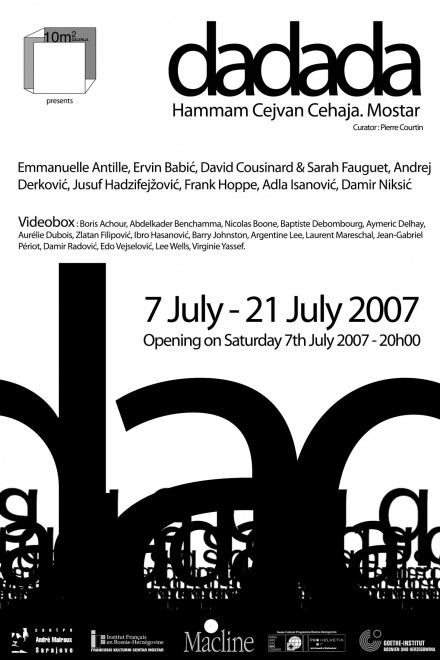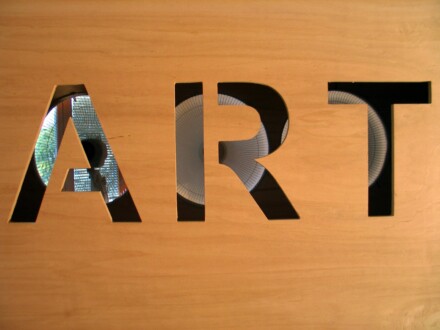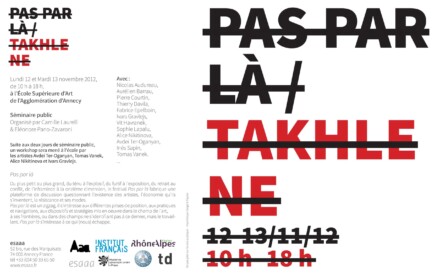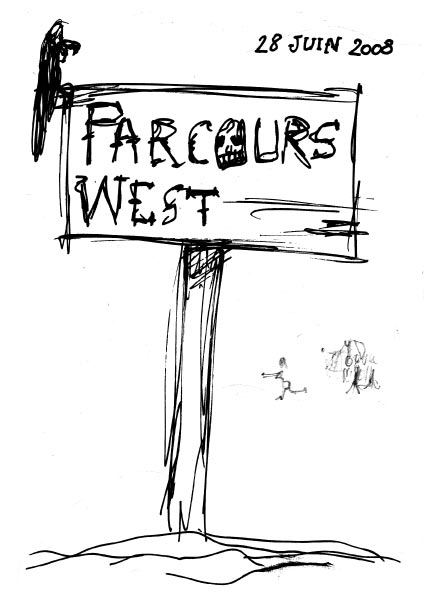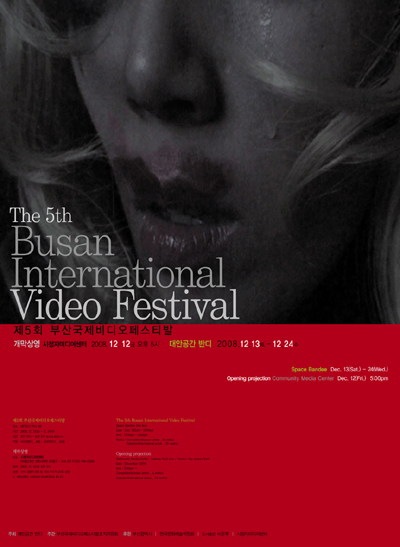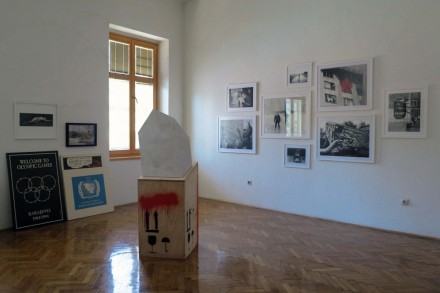Pravo Ljudski 2012
«Archaeology of Body / Anthropology of Violence»
Jenny Holzer, Lana Čmajčanin, Sarah Vanagt
Curated by Andreja Dugandžić
Archaeology of Body / Anthropology of Violence, curated by Andreja Dugandžić, and featuring the work of Jenny Holzer, Lana Čmajčanin and Sarah Vanagt, was perhaps one of the most significant exhibitions held in Sarajevo in recent years, mounted in association with the 7. Pravo Ljudski Film Festival (Seventh Human Rights Film Festival). The works displayed, dealt with one of the great unspoken crimes of the wars of Yugoslav succession in Bosnia & Hercegovina; the orchestrated use of rape, and sexual violence, as an instrument of war against a defenceless civilian population. Shockingly, as Dugandžić recounts in her introductory essay in the catalogue, twenty thousand rapes, of women and girls, were recorded, with little if anything being done to help the victims, let alone bring the perpetrators to face some kind of justice. Indeed, as is pointed out, victims of rape in BiH are trapped in a double bind; the patriarchical nature of society does not permit the open discussion of such crimes, with those who speak out risking social isolation and marginalisation in the eyes of family, friends and wider society. It is a grotesque choice facing individuals who have been severely traumatised by their experiences.
Each participant in the show was given a room in duplex to develop as they saw fit, in response to this complex and difficult theme. The office space in duplex was cleared, and given over to the work of Jenny Holzer, who used the space to show her photographic series Lustmord. Holzer, of course, had used an edition of the Suddeutsche Zeitung magazine in 1993, as the beginning of this series; to try and jolt a somnolent European audience into some kind of awareness of the sickening sexual crimes then taking place in BiH. Text is written in ink on the skin of anonymous women’s bodies, taken from the imaginary thoughts of the rapists themselves, in all their dehumanising, narcissistic, revolting objectification of their victims. The ink itself was made with a mixture of the blood of women from Germany and from the then Yugoslavia; written on the skin, and then photographed. We are painfully aware that these mark only a fragment of the number of crimes that were committed in the civil war; ironically, the presentation is akin to a presentation of forensic evidence in a War Crimes court. The use of blood and anonymous ‘testimony’ reminds the viewer of the double bind facing rape victims, and presents them with a fresh dilemma; the only way in which actual testimony from perpetrators would be achieved, is under conditions of anonymity and an assurance of no subsequent criminal proceedings. Meanwhile, the bodies of the women and the memories trapped within, are as far away as ever from a judicial process in local courts, let alone international ones.
Whilst Holzer addresses the details of specific crimes and a dark attempt to imagine the thought processes of a rapist, Lana Čmajčanin’s installation attempts to grasp the almost unimaginable scope of the rape industry during the war years. In a blacked out room, the number ’20,000′, the title of her piece, in white , dominates the back wall, in a room filled with partly-illuminated music stands. On each of the music stands is a score filled simply with successive numbers, much as though the room has been prepared for a kind of demonic John Cage or LaMonte Young performance; literally, an anonymous orchestra of rape. In this dark, claustrophobic interior, a low, ambient soundtrack plays, overlaid with the voices of rape victims describing, in excruciating detail, either the trauma they suffered or individual detailed recollections of their attacker. The overall effect on the viewer is emotionally murderous; not dis-similar to the experience of visiting the former rape and death camp site at Srebrenica. This is exactly the effect that the artist intends; to make the viewer grasp, viscerally, the enormity of these unpunished crimes, and the daily choking memories of them, that the victims are obliged to cope with.
A series of video pieces and pencil rubbings fills the space given over to the work of Sarah Vanagt. Interestingly, this Belgian artist has rehabilitated the process of tracing and rubbing, more often associated with the harmless acquisition of new skills by amateur artists. Vanagt has spent considerable time in the Hague at the ICTY; amongst the works here is a tracing of the table where, currently, the most notorious names from BiH in the 1990s- Karadžić and Mladić- sit and listen to the legal dissection of their actions. The tracing and rubbing of these surfaces, with the warp of the wood and banal, bored marks made by defendants down the years, putting the spectator in an uncomfortably intimate relationship, a position of shared material knowledge, with those names. Vanagt’s video work Nocturno, featuring Karadžić reciting a poem before being slowly obliterated and Vanagt’s tracing actions, is a metaphor for the indelible nature of the sexual violence of twenty years ago, an the possibility, in current circumstances, only of a symbolic, token retribution for these crimes.
This was a show that deserved a very wide audience and could act as a springboard for more open public discussion of what is still, appallingly, a largely taboo subject. The artists and the organisers deserve huge credit for their out-spokenness and unwavering commitment to this issue. The only pity is that it was on for such a short time. It was a deeply harrowing, moving and painful exhibition to walk around. But these three varied statements are, in their own way, a remorselesly matter-of-fact evaluation of the unseen victims and the unpunished perpetrators amongst us.Just as sections of the BiH countryside are still littered with dangerous ordnance from the war that continues to maim and kill, so a large and under-explored section of the nation’s mental landscape is still subject to the memory of traumatic sexual violation, and unresolved injustice. The unanswered question is, where are the local and international teams and charities who will unclutter this mental landscape and (if possible) make it liveable again?
Archaeology of Body / Anthropology of Violence ran from 8-15 November at duplex, first floor, Obala Kulina Bana 22, and was part of the 7. Pravo Ljudski Film Festival (7th Film Festival of Human Rights) The exhibition catalogue, featuring a poem and essay by Andreja Dugandžić, and statements from the artists, is still available from the gallery.
Jon Blackwood
Lana Čmajčanin, « 20.000 – Trauma of a Crime », Installation, 2010 (in collaboration with Igor Grubić)
After World War II, the highest number of rapes has been registered in Bosnia and Herzegovina. That figure exceeds 20,000. The exact number will never be determined in the patriarchal structure of society such as ours.
The survived victims mostly remain in silence over trauma or fear of social and family disapproval and rejection. The phenomenon of mass (systematic) rape of women and underage girls as a method of achieving war targets the employment of patriarchal cultural matrix that is most often used as a factor of opponent demoralization. It sends clear message to opponent who was not able to react protective and protect family, what ultimately has direct and strong psychological impact on a person’s identity. The Federation of Bosnia and Herzegovina is one of the numerous countries that has signed the Convention Against Torture, and Other Cruel, Inhuman and Degrading Treatment or Punishment, which binds the country to ensure help and to enforce a right to compensation to victims. However, the problem of care for the civil victims of war still exists in the Federation of Bosnia and Herzegovina as well as in Republika Srpska.
Due to inconsistency of laws between the Federation and Republika Srpska and a non-existant regulation of rights at the state level for people who survived war torture and sexual abuse, the violated person loses the possibility to gain their legal rights. In the case when the EU insists on the return of the exiled persons and refugees to their pre-war dwellings (usually the place of crime) it becomes a rule that, as a result of discrepancies of laws of two political entities, victims lose their pertaining rights in the places they were banished from. As a consequence of multiple legal regulations, inconsistencies between laws and their implementation at the state level, the women victims of war are deprived of their rights and are made impossible to struggle for it.
Sarah Vanagt, « Disturbed earth », ongoing project, 2012-2015
During the Christmas holiday of 2010 I filmed for three days in the International Tribunal for the Former Yugoslavia in The Hague. I am now developing two distinct works based on these first rushes: an installation (drawings, flipbooks, video, sound), and a film.
In “Disturbed Earth” it is a gesture that will occupy a central role in the two works: a hand rubbing with a pencil on a piece of paper, revealing the underlying texture. Every child has once made a rubbing of a tree trunk or a coin. The slow appearance of the ‘new image’ still holds something magical for me. It’s as if only thanks to the act of rubbing one truly looks at things for the very first time, with a microscopic gaze, discovering details and traces one could not even have suspected before. It’s this simple, and in a certain sense enchanted gesture that I have ‘carried out’ in and around the building of the International Criminal Tribunal for the Former Yugoslavia (ICTY) on December 21 and 22, 2010, and on January
5, 2011. Before the Tribunal closes its doors, I want to document the ‘material traces’ that have been left behind in the courtroom; a space that bears witness to some of the most shocking testimonies from the Balkan war. I now have about 40 filmed rubbings: the chair of the accused, the keyboard of the translator, the desk of the judges, the television screens of the control booth, the marble tiles in the main lobby, the glass wall between the courtroom and the public gallery….
There is something paradoxical about the rubbing gesture. At first it is as if the zigzagging hand tries to erase something with force, as if it wants to hide a ‘mistake’ behind the pencil’s granite. However, instead of hiding, the pencil exposes something different; a structure, an underlying texture, a sort of landscape. At the same time, I suspect that the rubbing paradox may also have a more profound meaning. The gesture of erasing and of simultaneously exposing, resembles the movement of history: only by forgetting, by erasing, is room made for the appearance of something like a processed history.
